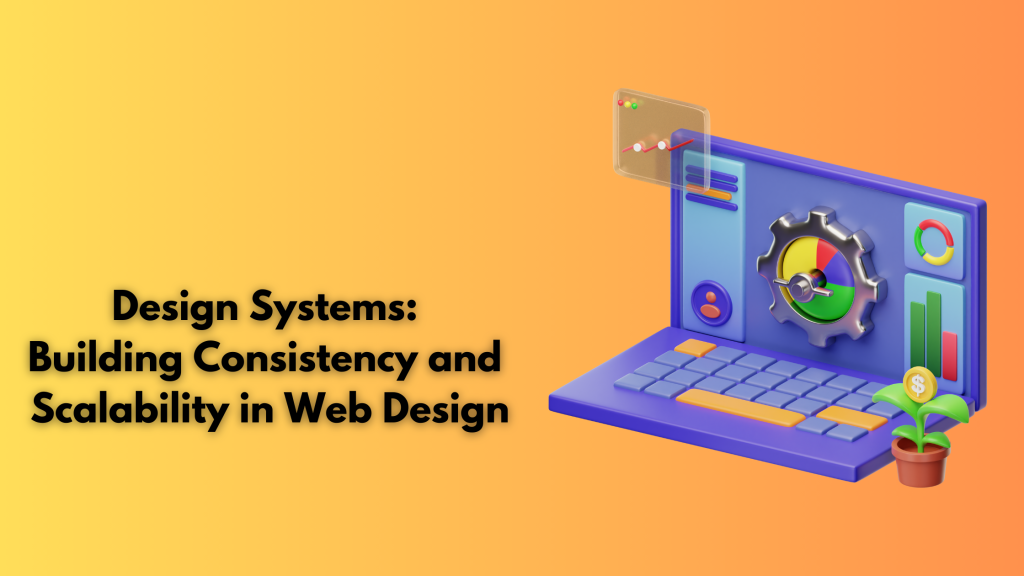
In today’s competitive landscape, users have multiple options and choices. In such a world standing out from the crowd and providing the best customer experience is the need of the hour. According to a study bad web design leads to 94% website rejections. So to overcome that you must stand out from the crowd.
With endless online websites, making your website user-friendly and accessible is important. Design systems provide consistency and scalability across all aspects of web design. It ensures that from color scheme to frond design to buttons etc everything is consistent and accessible.
Consistency is important for your website as it establishes trust and familiarity so that users can navigate and interact with your website easily. Whereas scalability ensures a user-friendly experience improving the quality of customer experience and the number of users. In this article, we’ll learn the importance and benefits of consistency and scalability in web design, strategies to enhance them and
much more!
Importance of consistency and scalability in web design
Consistency and scalability ensure that your website is successful and performs well. Consistency ensures familiarity and easy navigation to all users. A consistent design builds trust and authenticity in the users that makes them more positive towards the brand. The visual consistency ensures a uniform look and feel with consistent color, font, and storytelling. Content consistency ensures that the information is provided in a hierarchical and ideal way. It ensures a consistent user experience which improves customer satisfaction and relationships.
Whereas in today’s scenario when we have plenty of data and customers, scalability is the most important factor in a web design. As your popularity and customer base increase, you must be able to manage and monitor the data and increased traffic without hampering the performance or reliability of your website. It leads to monitoring the increasing workload effectively. It ensures the smooth functioning of your website. We have measured scalability in terms of metrics such as user growth, traffic volume, response time etc. It ensures that with an increasing workload, your website is running smoothly.
The benefit of consistency and scalability in web design
Design systems offer several benefits in web design such as consistency, efficiency, scalability, collaboration, and accessibility. Let us explore the benefits of consistency and scalability.
Consistency
- Uniform look: It gives the website a uniform look wherein all the aspects of web design are in consistent. It enhances the look and feel of the web design.
- Better customer experience: It improves the customer experience by making the entire process user-friendly and easy. It makes the navigation easy.
- Better performance: it enhances the performance of your website by making all the aspects of web design work in harmony and uniformity.
- Better delivery of content: It ensures the better delivery of your content and the message. When the content is in a hierarchy and uniform, customers have a better understanding of the content.
- Improves usability: It enhances the usability of the website. It ensures that the website works for everyone.
- Reliable: It ensures the reliability of the web design. It builds authority for your website.
- Enhance productivity: It improves the productivity of your website. It makes sure the performance of your website increases. You get more traffic and engagement on your website.
Scalability
- Flexibility: It ensures flexibility in your website. It ensures the performance of all the elements of the web design is smooth and flexible.
- Cost control: It is a cost-effective way. It performs well.
- Reliability: It makes the web design reliable. It continues the functioning of the website.
- Better performance: It ensures better performance of the website. With increased data and customer base, the performance of the website is difficult. But scalability ensures that the performance of the website never suffers.
- Easy maintenance: With scalability, the maintenance of the website becomes easy and updations also become easy.
- Global access: It ensures global access to your website.
- Better loading speed: It enhances the better loading speed of the website. According to a study 47% of people expect load speed to be 2 seconds.
Challenges while using a design system

Here are some of the challenges that you might face while using a design system, such as
- Maintaining consistency across teams: It is difficult to maintain consistency across different teams. When different teams have different goals and objectives then it is bound to affect the performance of the website.
- Maintainability: It is difficult to ensure the maintenance of the website and the aspects of web design.
- Design system is not confined to the designing team: The design system is not confined to the designing team only. Every team is equally responsible and contributes to the web design and its content.
- Create the right balance: It is difficult to strike a balance between creativity and productivity. It is difficult to strike a balance between them.
- Integration: It is important to ensure that web design is integrated with your business and web design.
Strategies for scalability and consistency
Here are a few strategies to build scalability and consistency
- Geo distribution: Create a replicate globally to put the system close to users.
- Caching: To reduce database load and latency, put a cache layer.
- Asynchronous: Queues and workers etc are used to process tasks asynchronous.
- Sharding: Manage data across multiple platforms.
- Scaling: It adds nodes of commodity hardware vs vertical scaling with huge networks.
- Goal: Have clear goals and always monitor your progress. Have smart goals to ensure consistency.
- Track time: Try to limit the distractions and track the time to see how and where you spend time.
Different types of consistency

Here are some of the different types of consistency
- Internal Consistency: It ensures that different aspects within a single website or product are consistent. For example, the same font and color will be used across a single website.
- External Consistency: It ensures that a single design is followed in multiple products and platforms. For example, a single design will be followed across the mobile app and website, etc.
- Visual Consistency: It deals with visual consistency, such as font, icons, etc.
- Functional Consistency: It deals with the consistent activity of interactive aspects. For example dropdown menu and contact form etc
- Content Consistency: It ensures that content is consistent across multiple platforms.
We have learned about consistency and scalability in web design. It is important to ensure that your web design has consistency and scalability, only then it will attract new customers, and increase engagement and conversion rate. Lumia 360 has a well-designed web design strategy that caters to small and medium-sized enterprises. We have ensured that our web designs generate new clients for our customers, make them rank #1 on Google, and generate leads. To know more about our services email us at info@lumia360.com or call us at 514-668-5599.



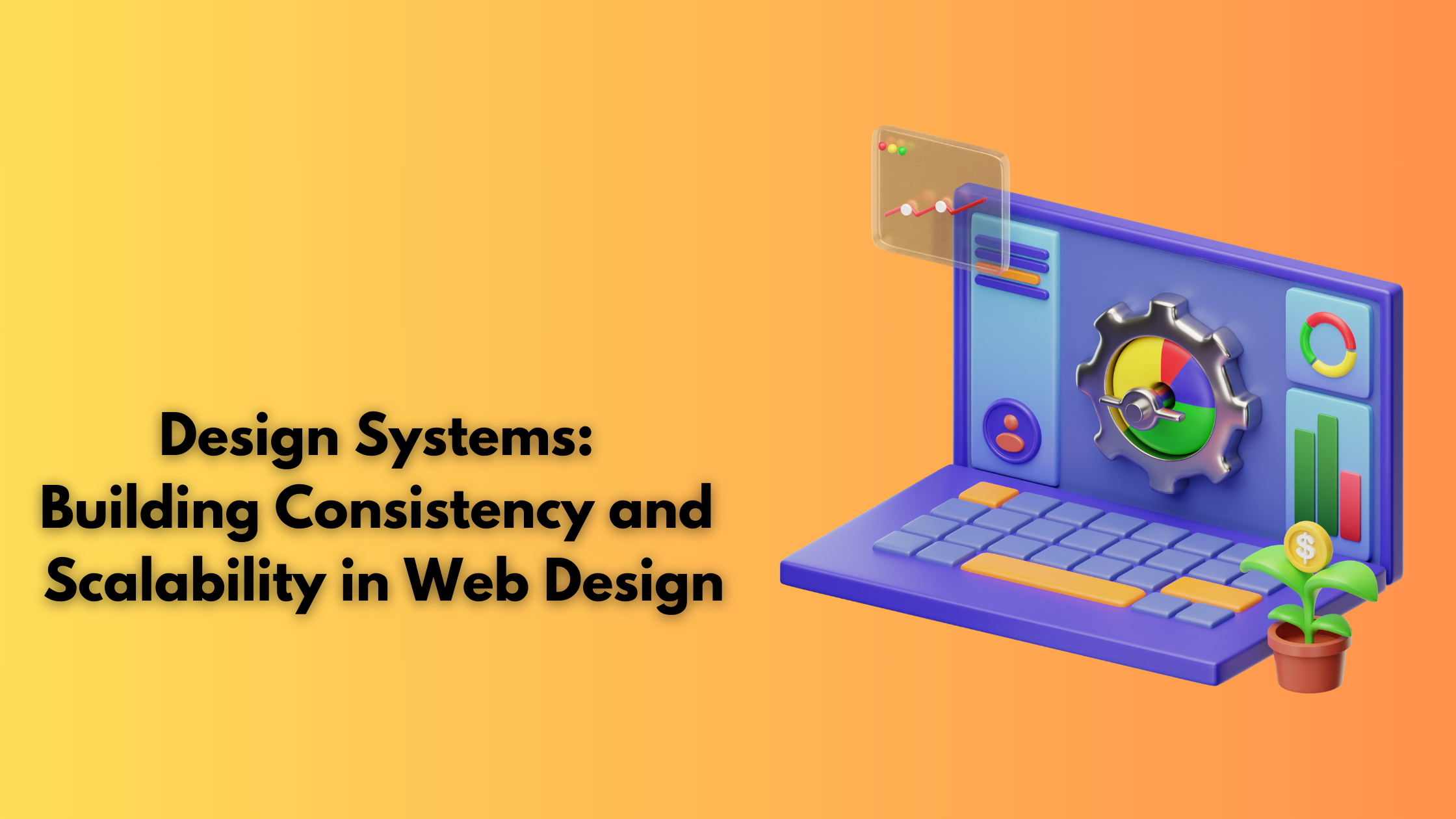
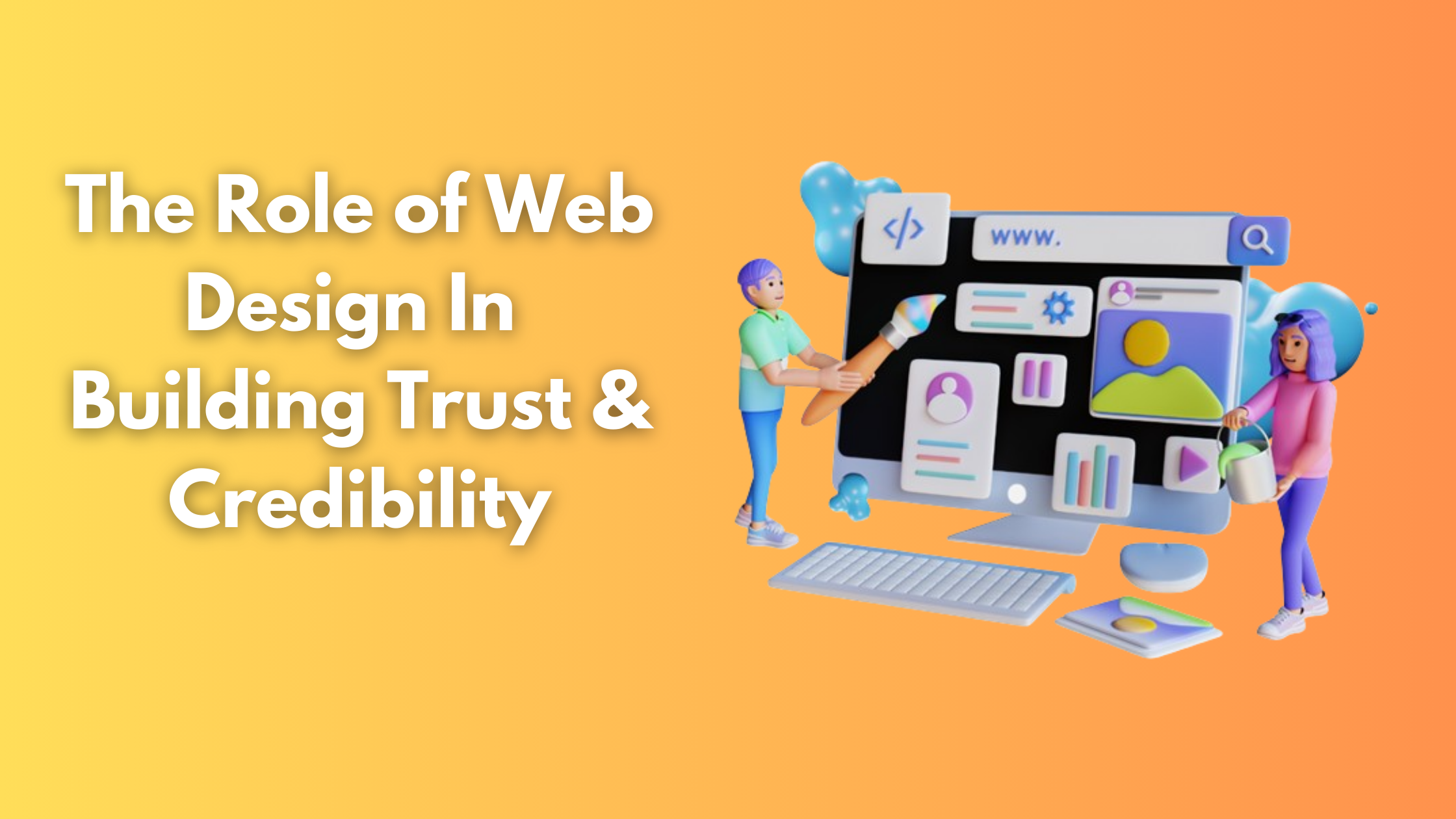
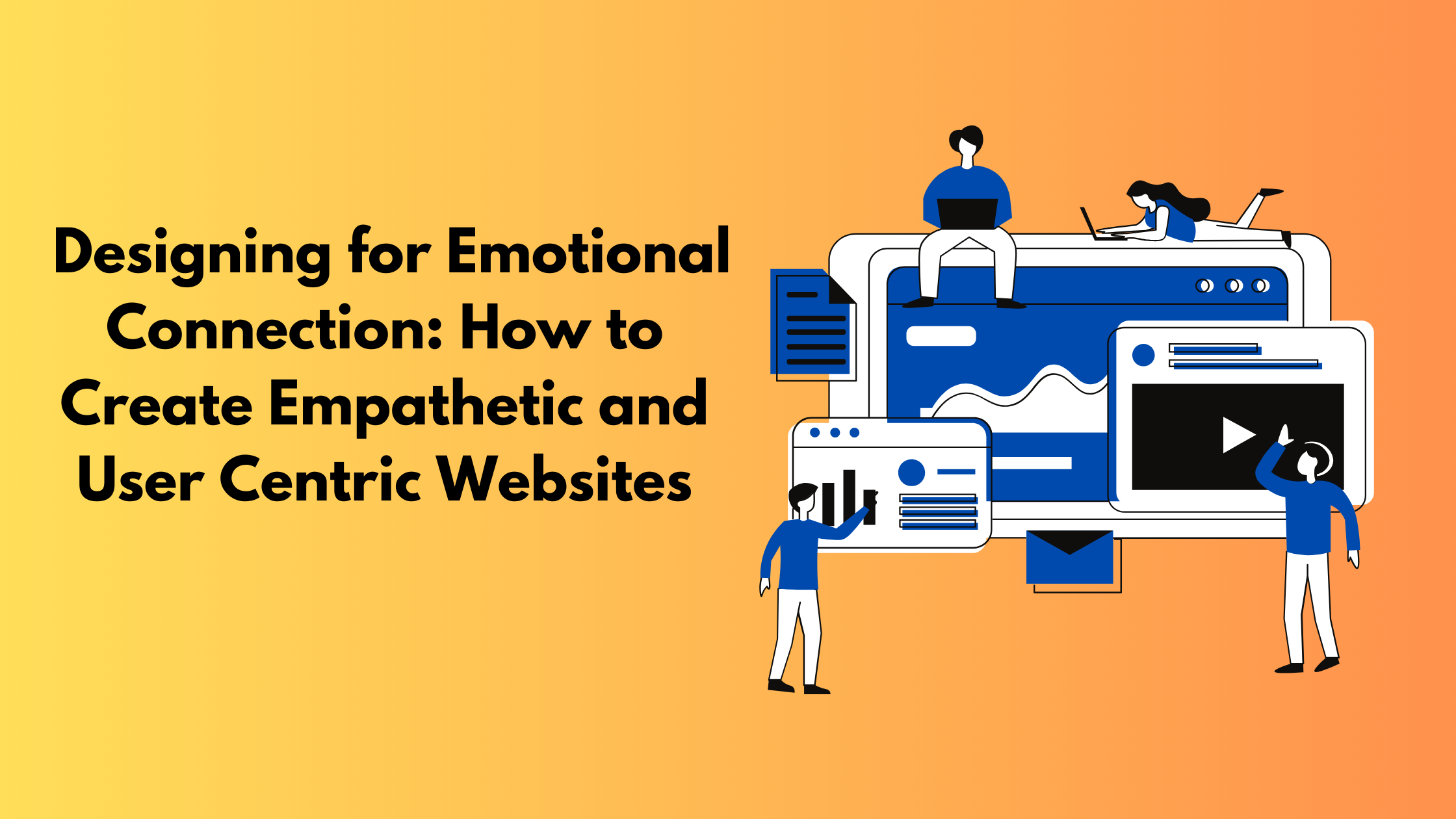
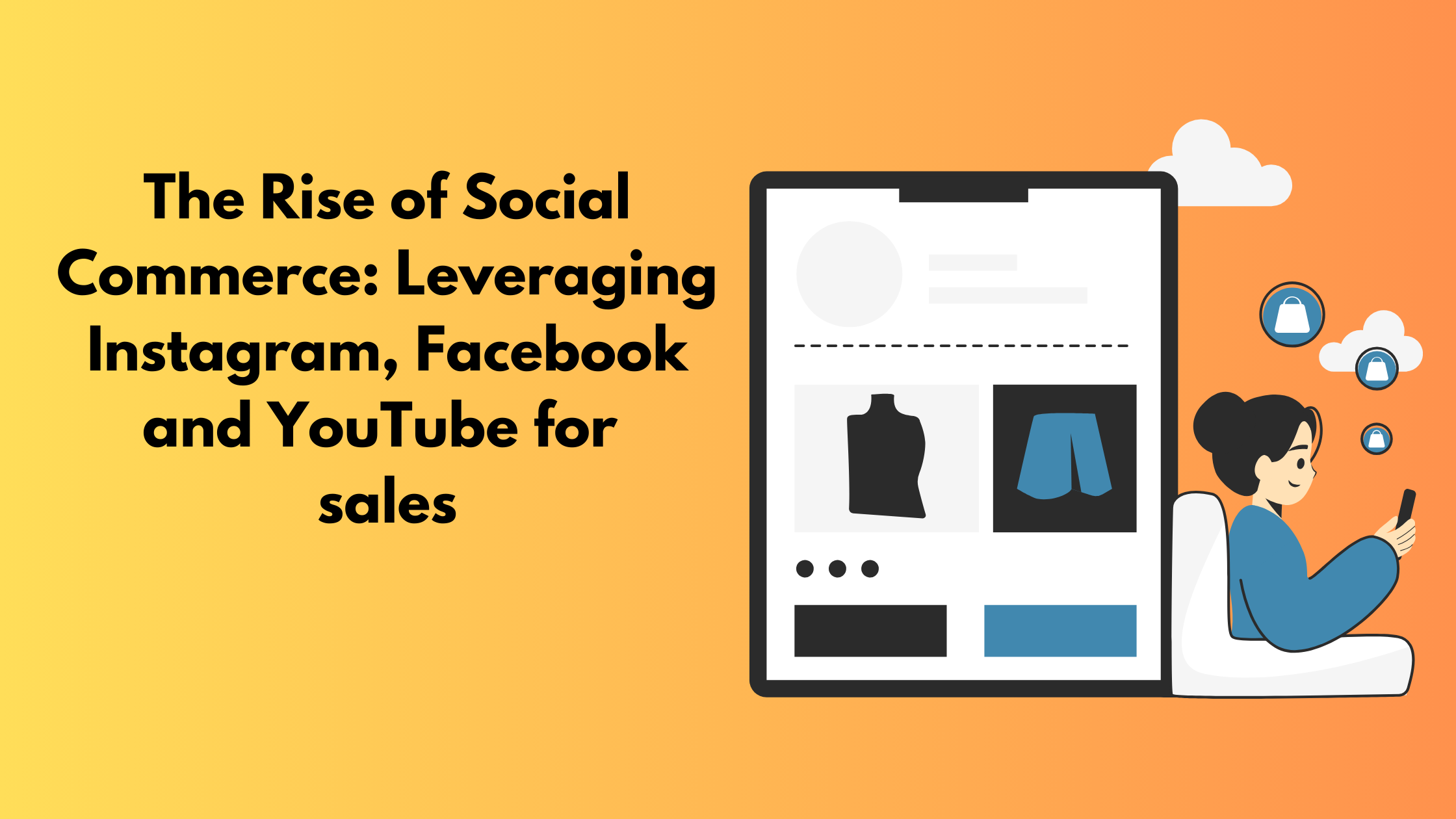

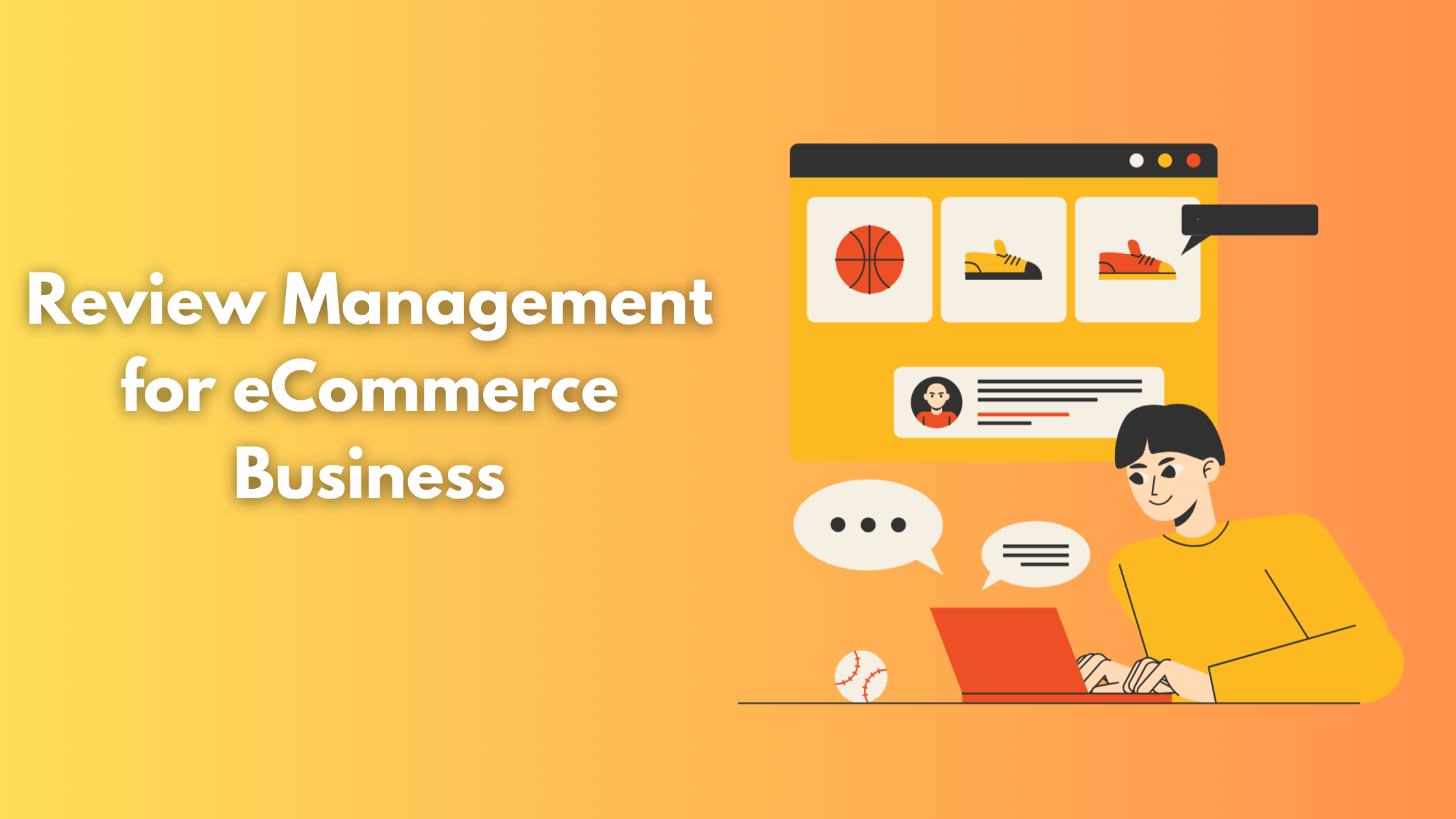
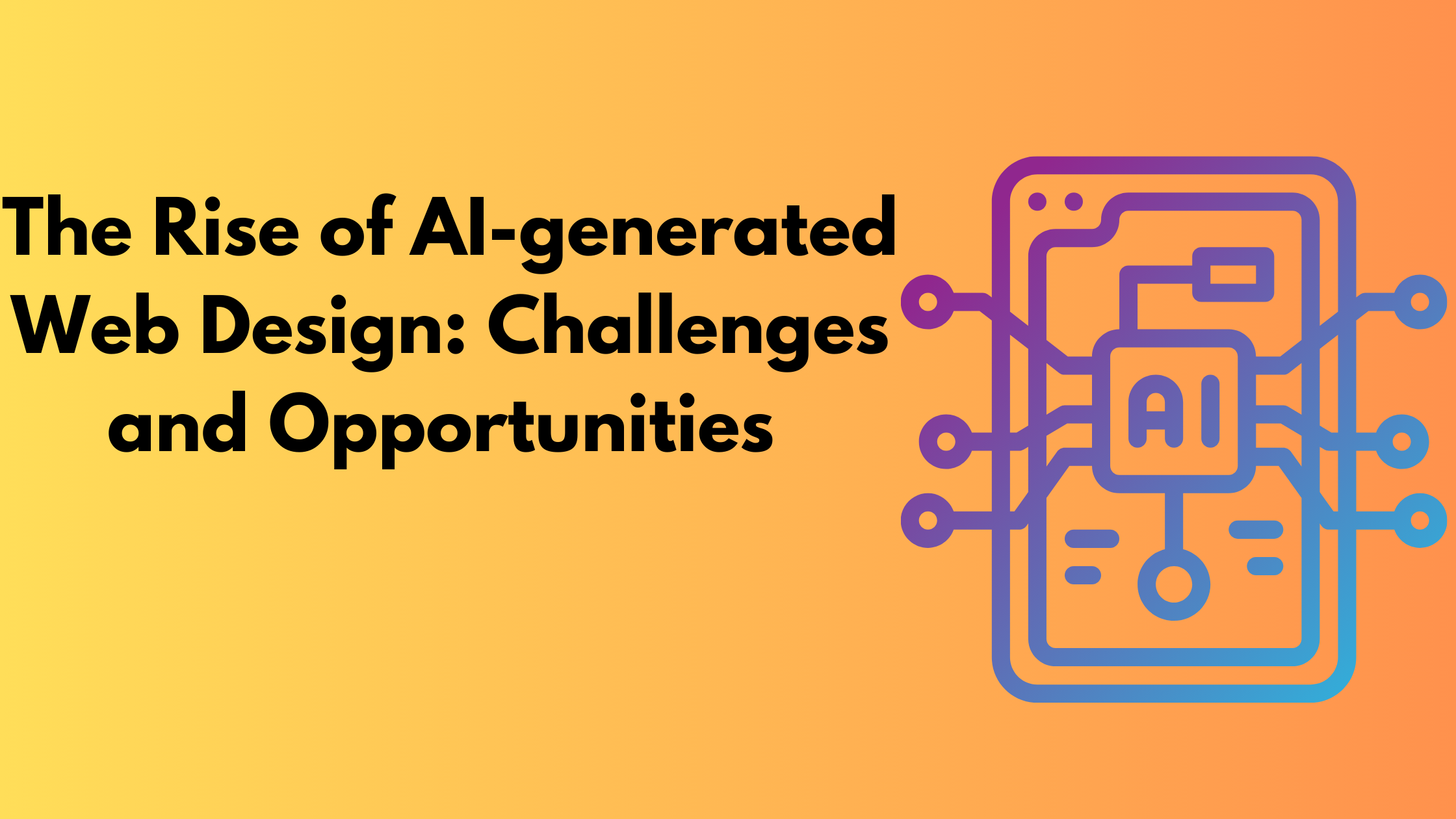

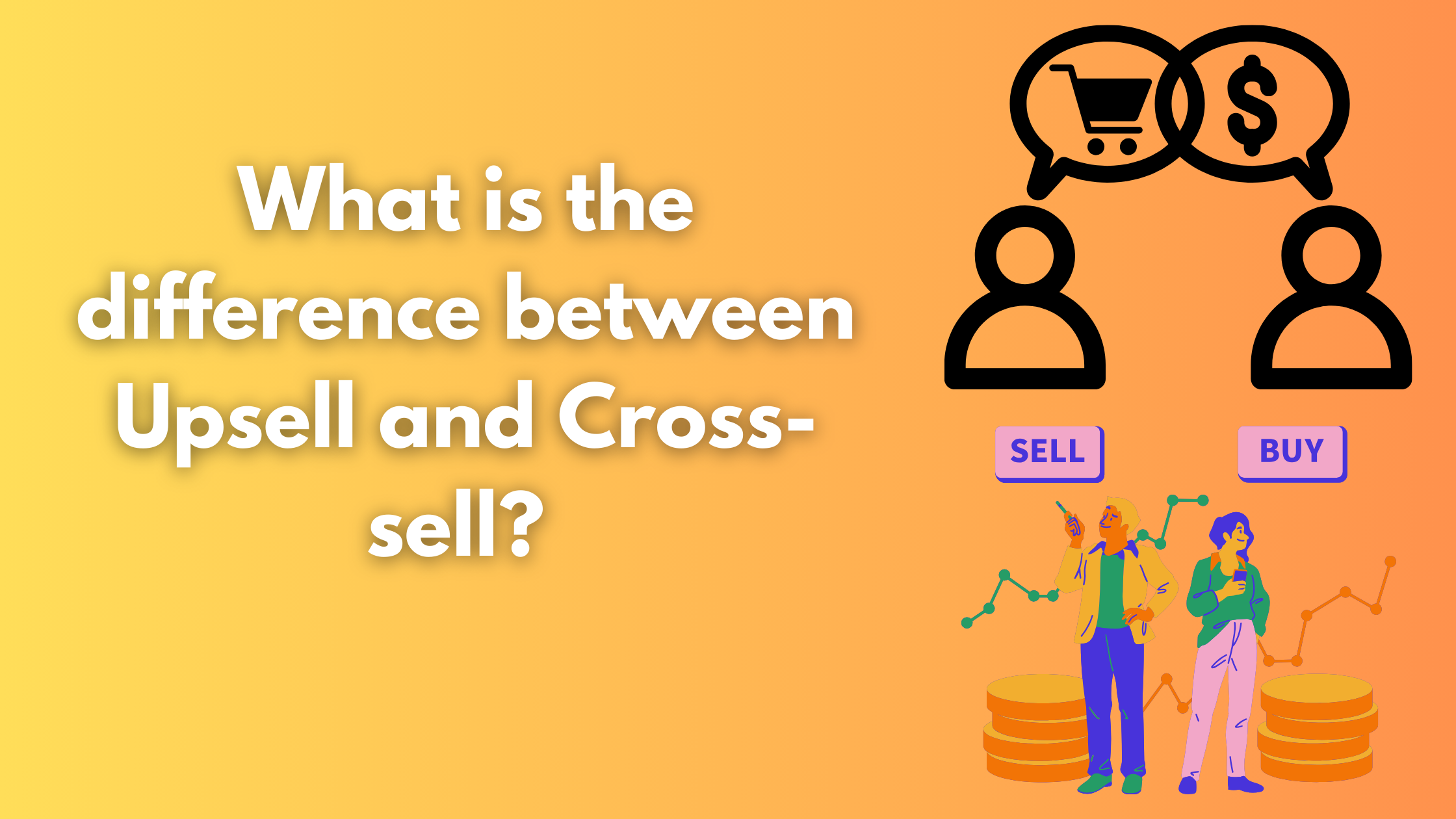
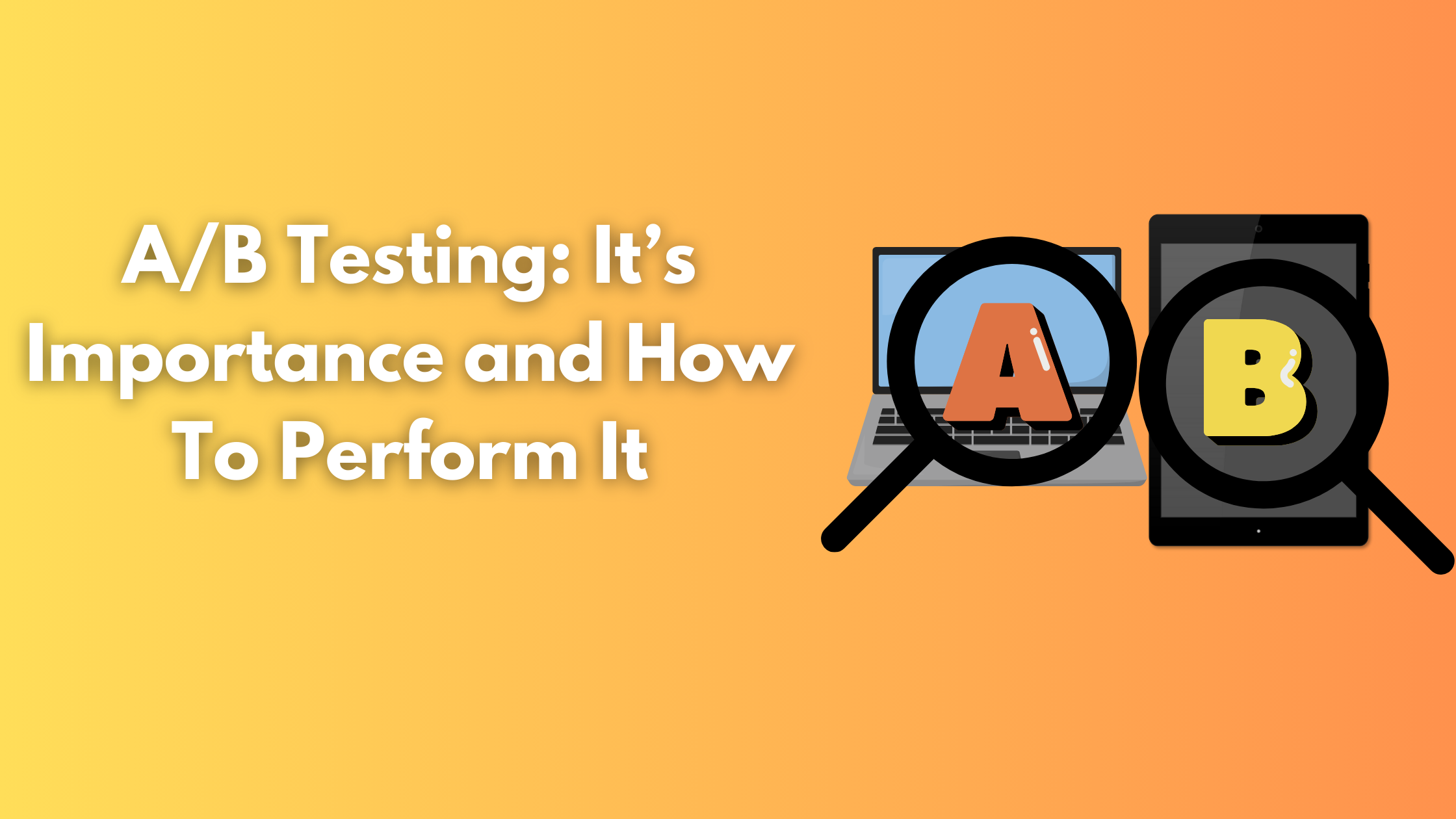
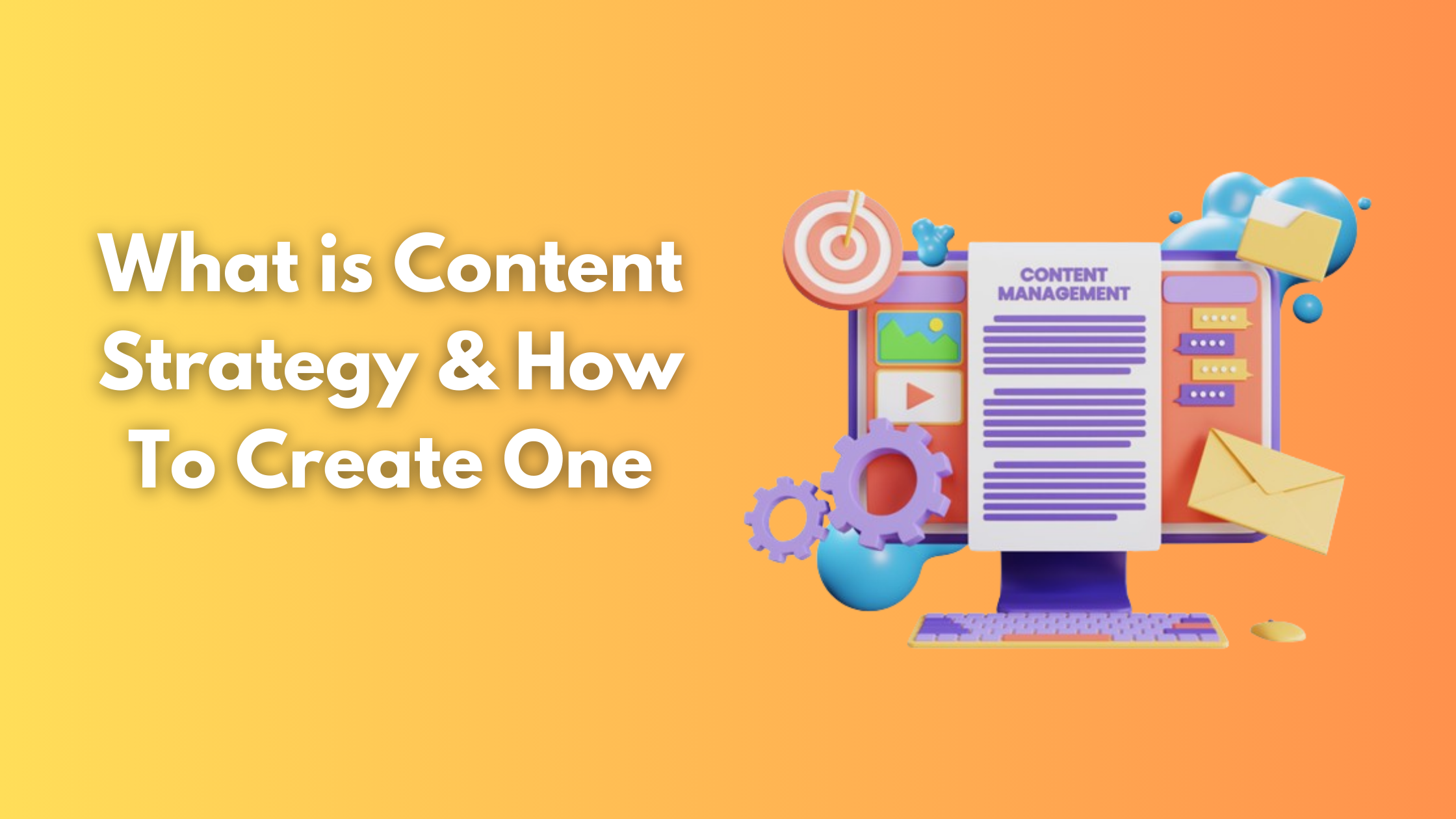
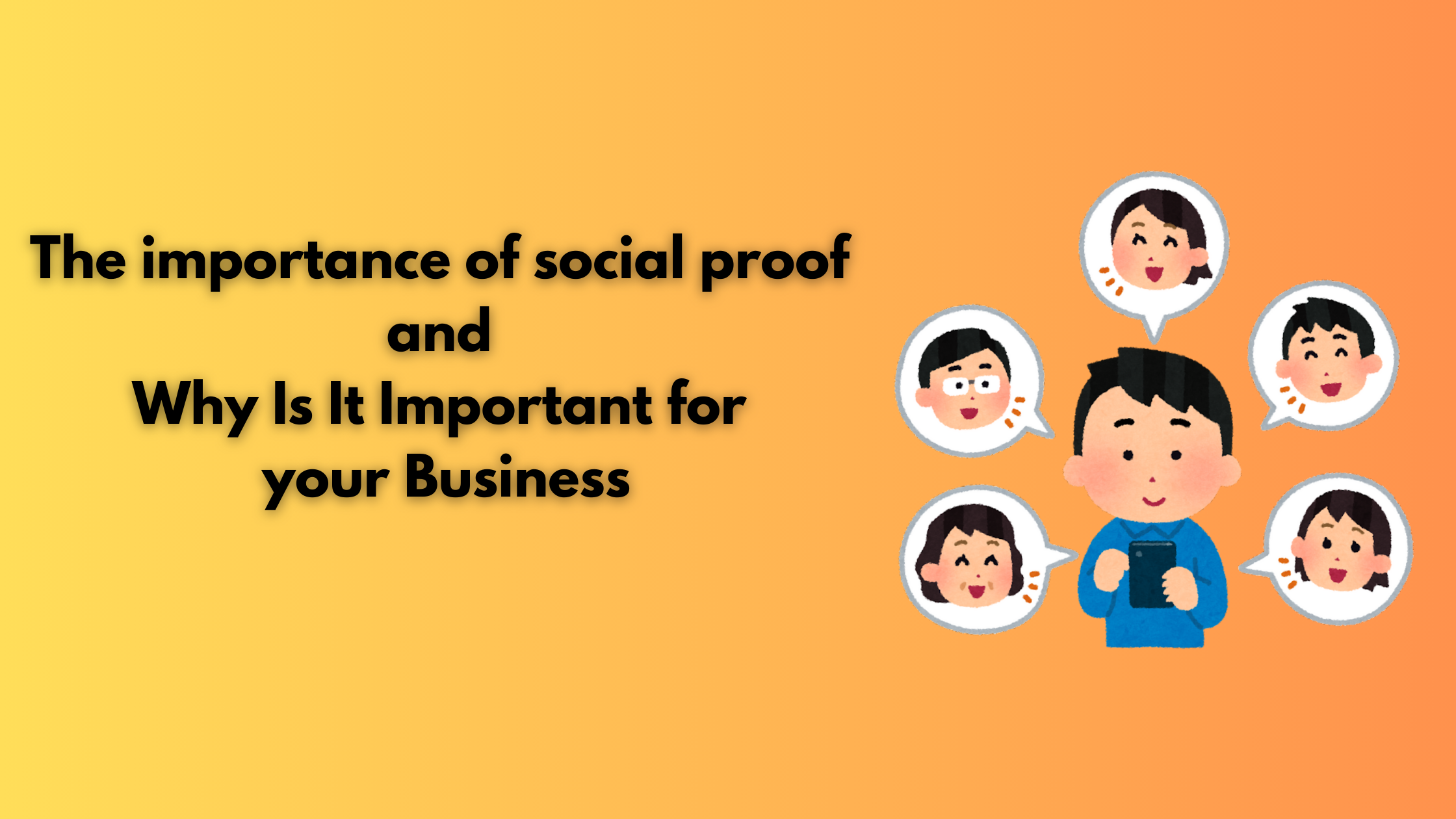
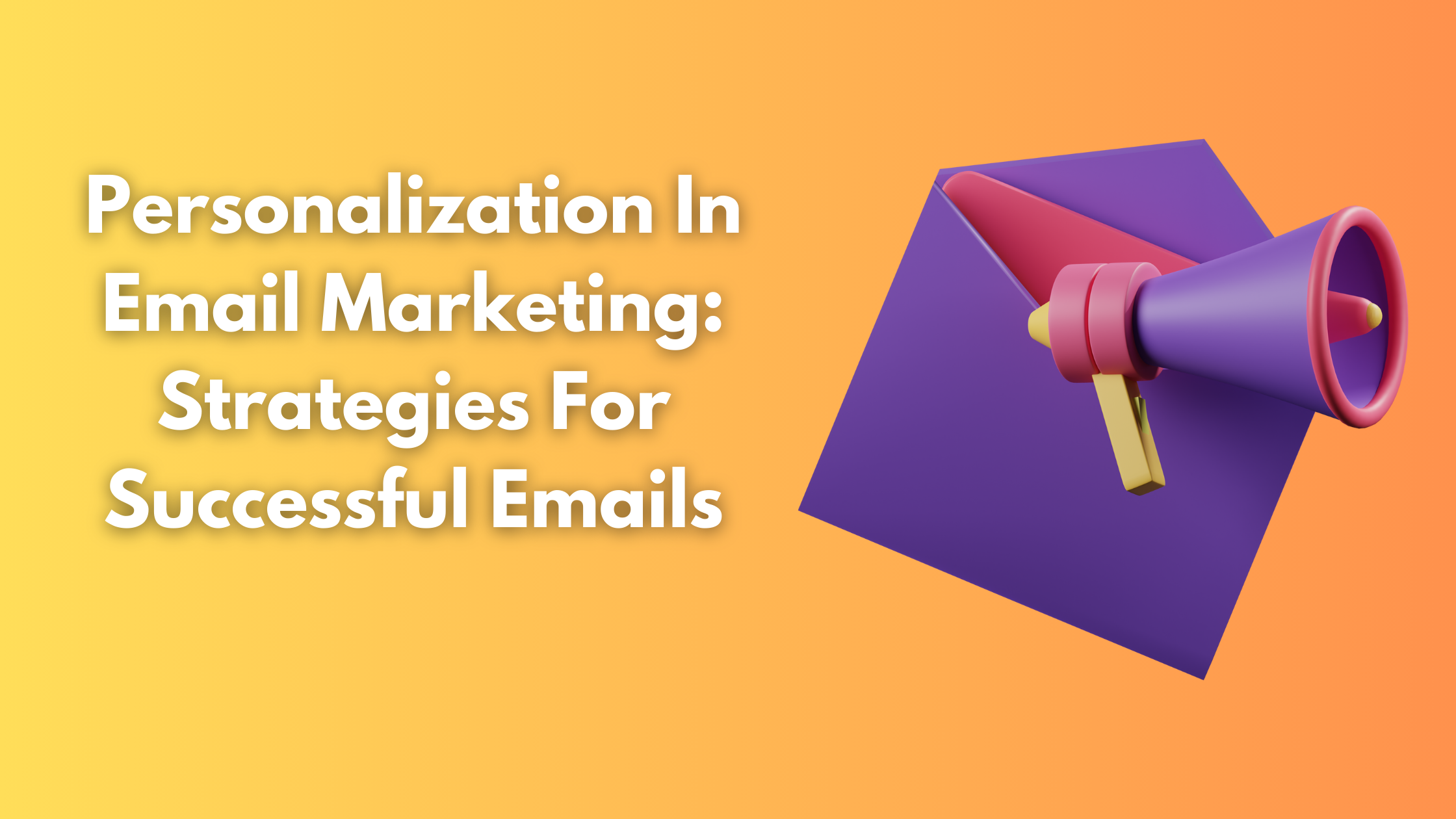


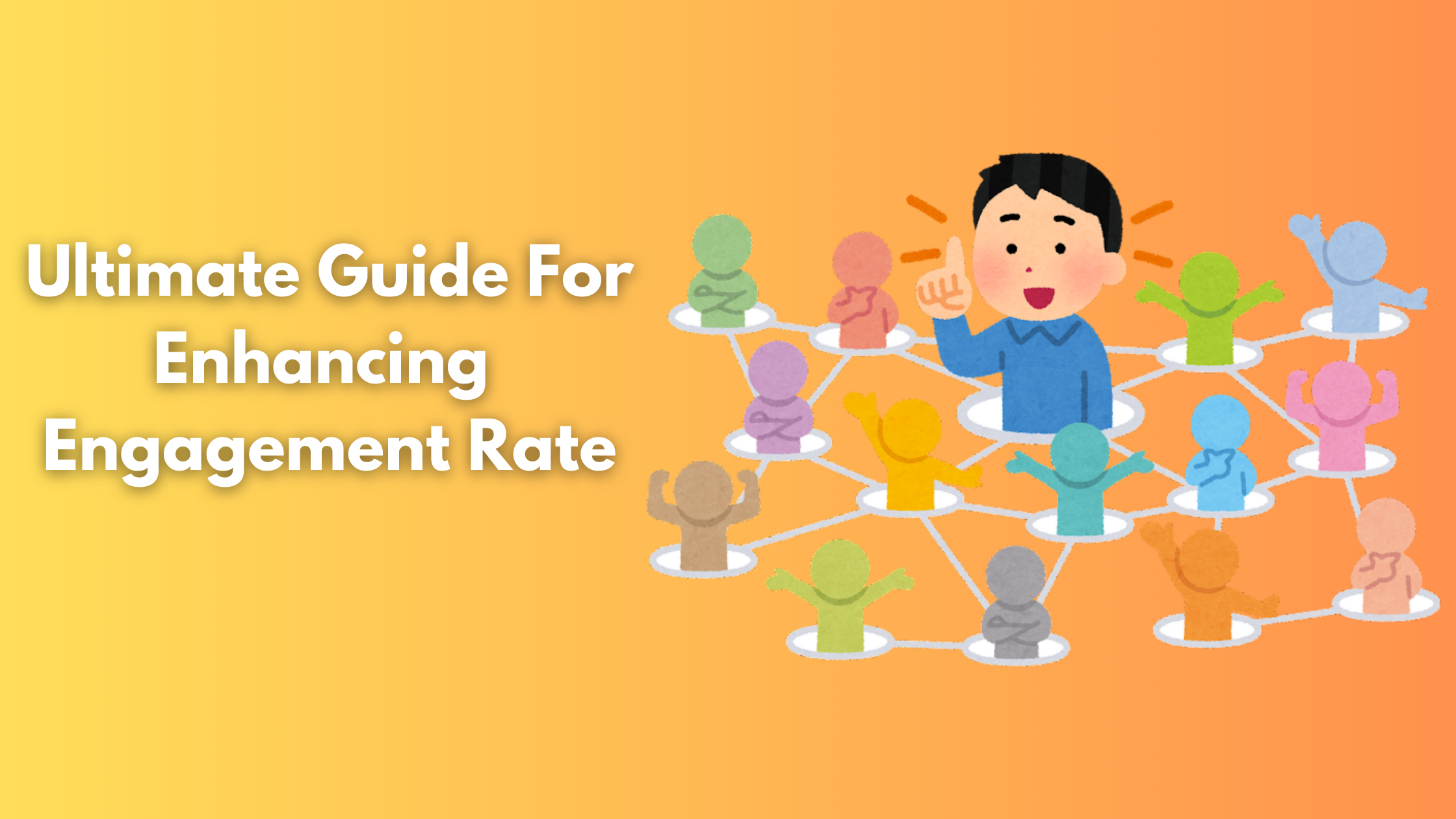
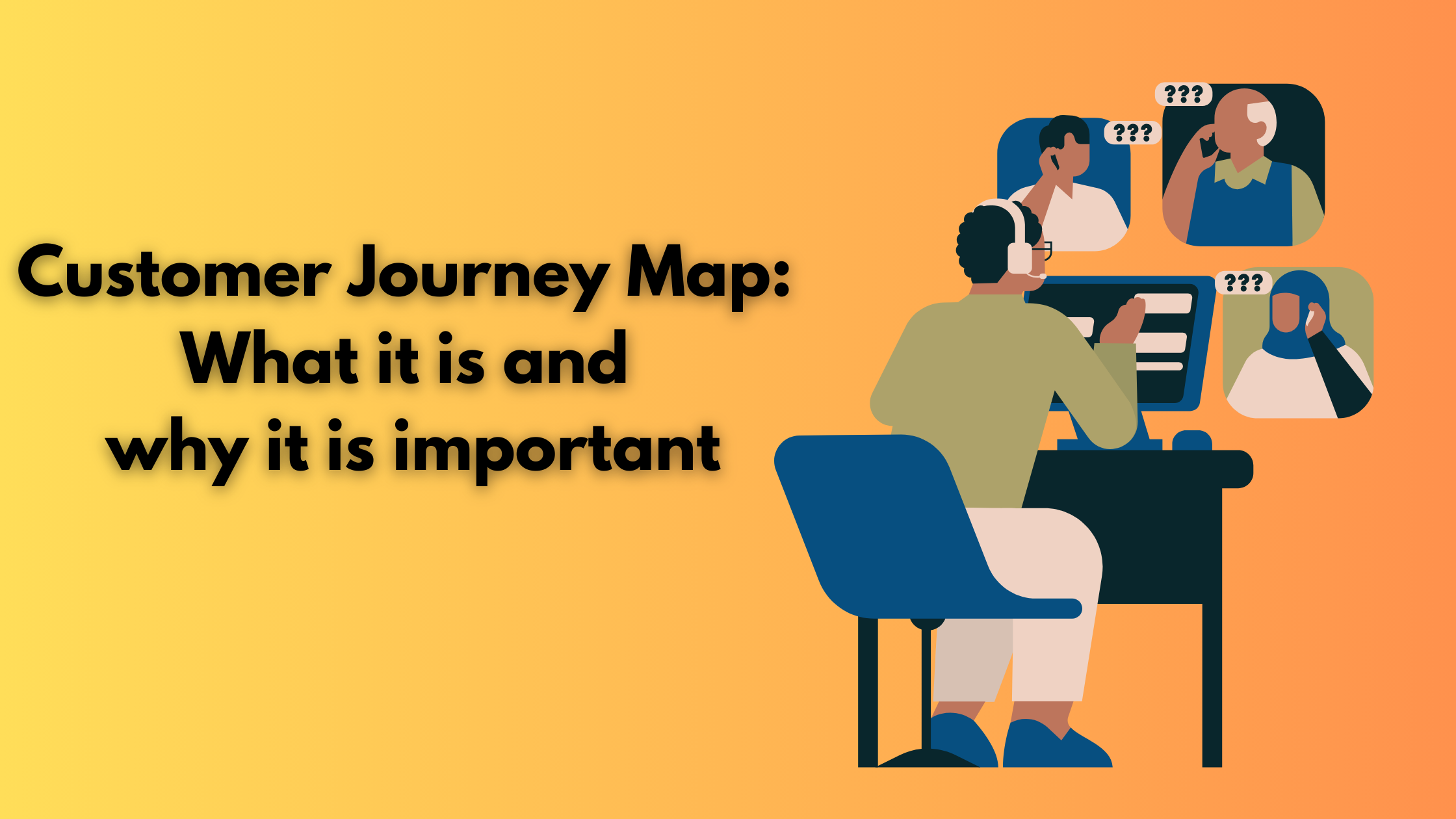
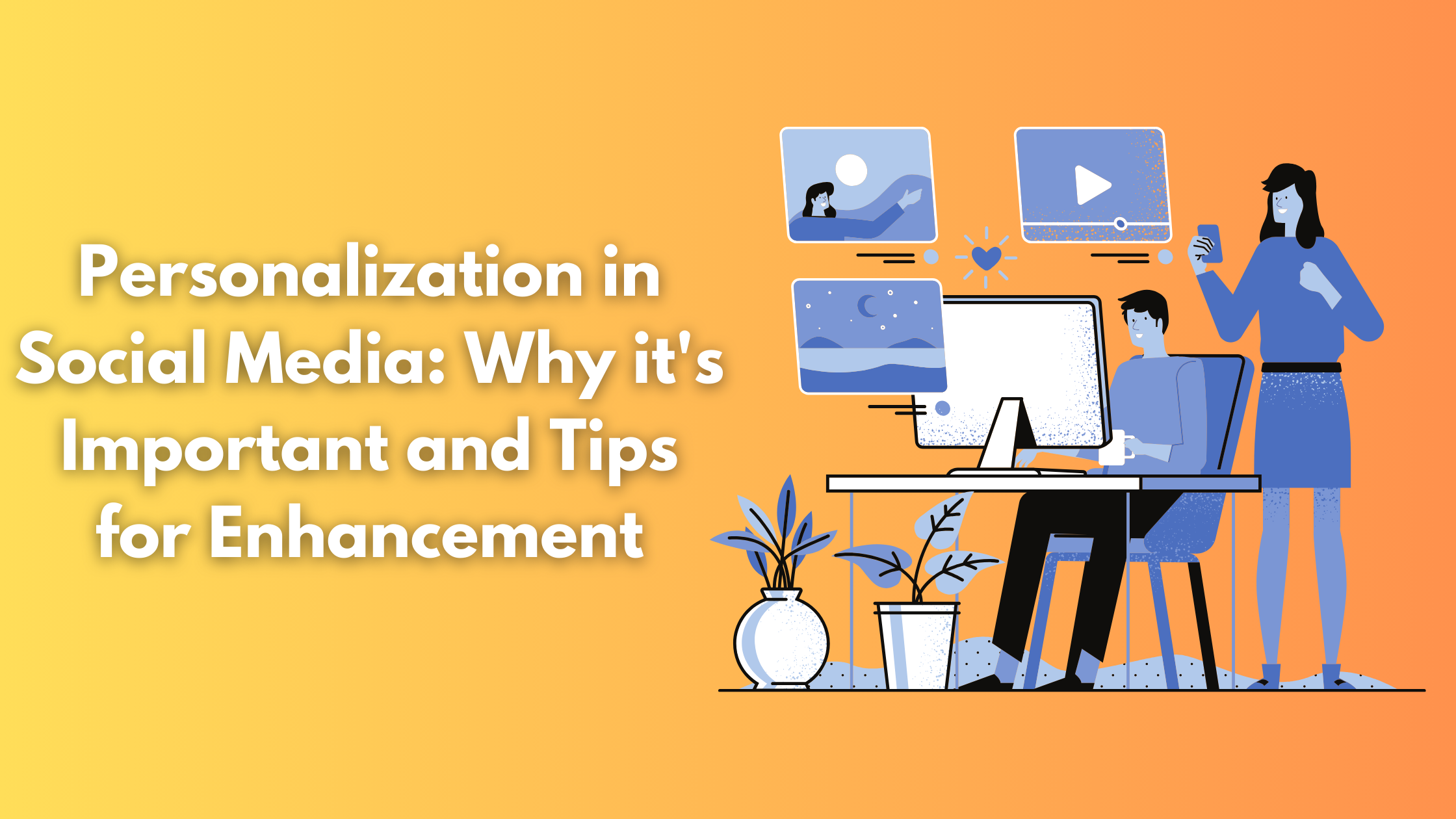

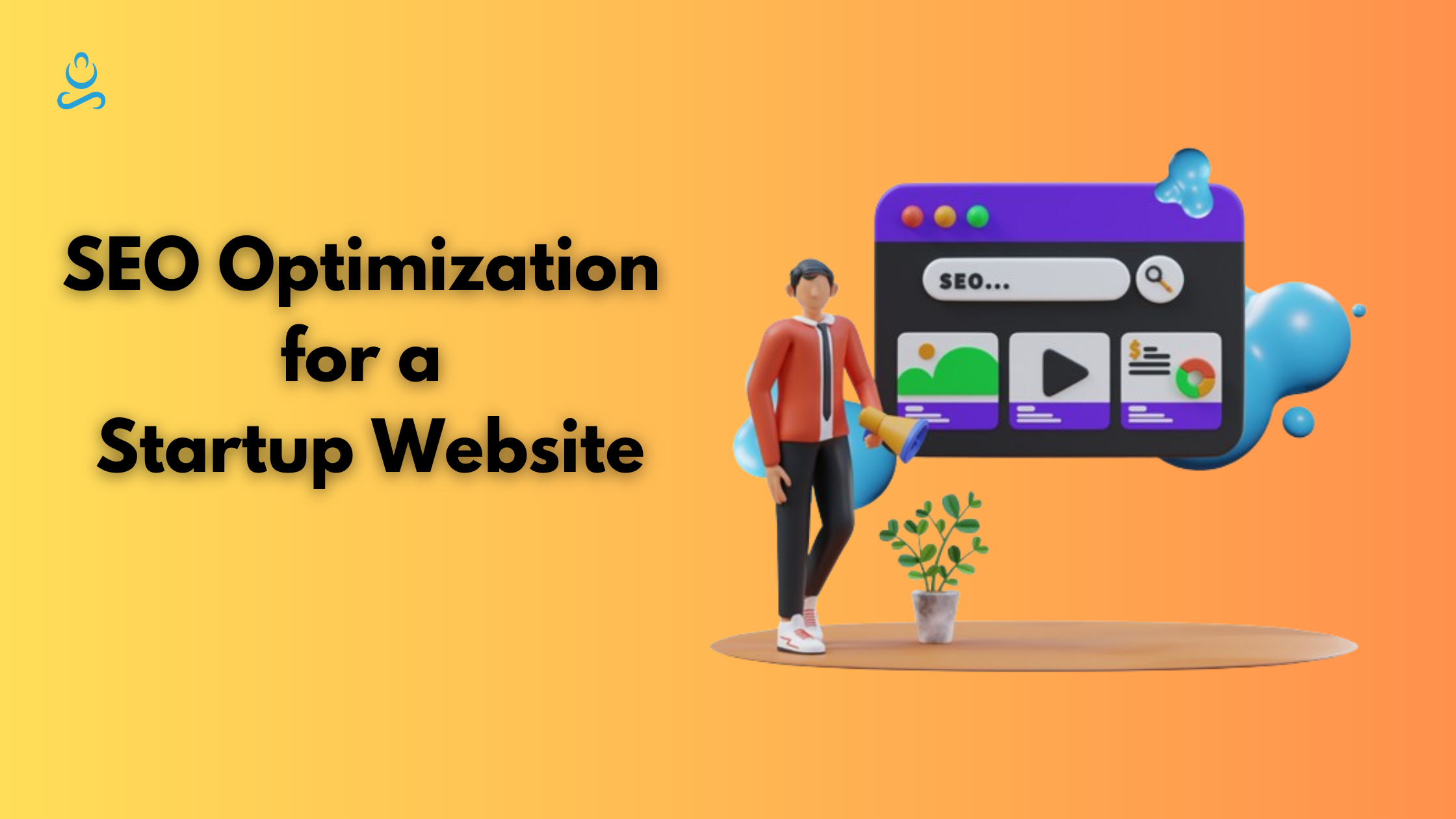
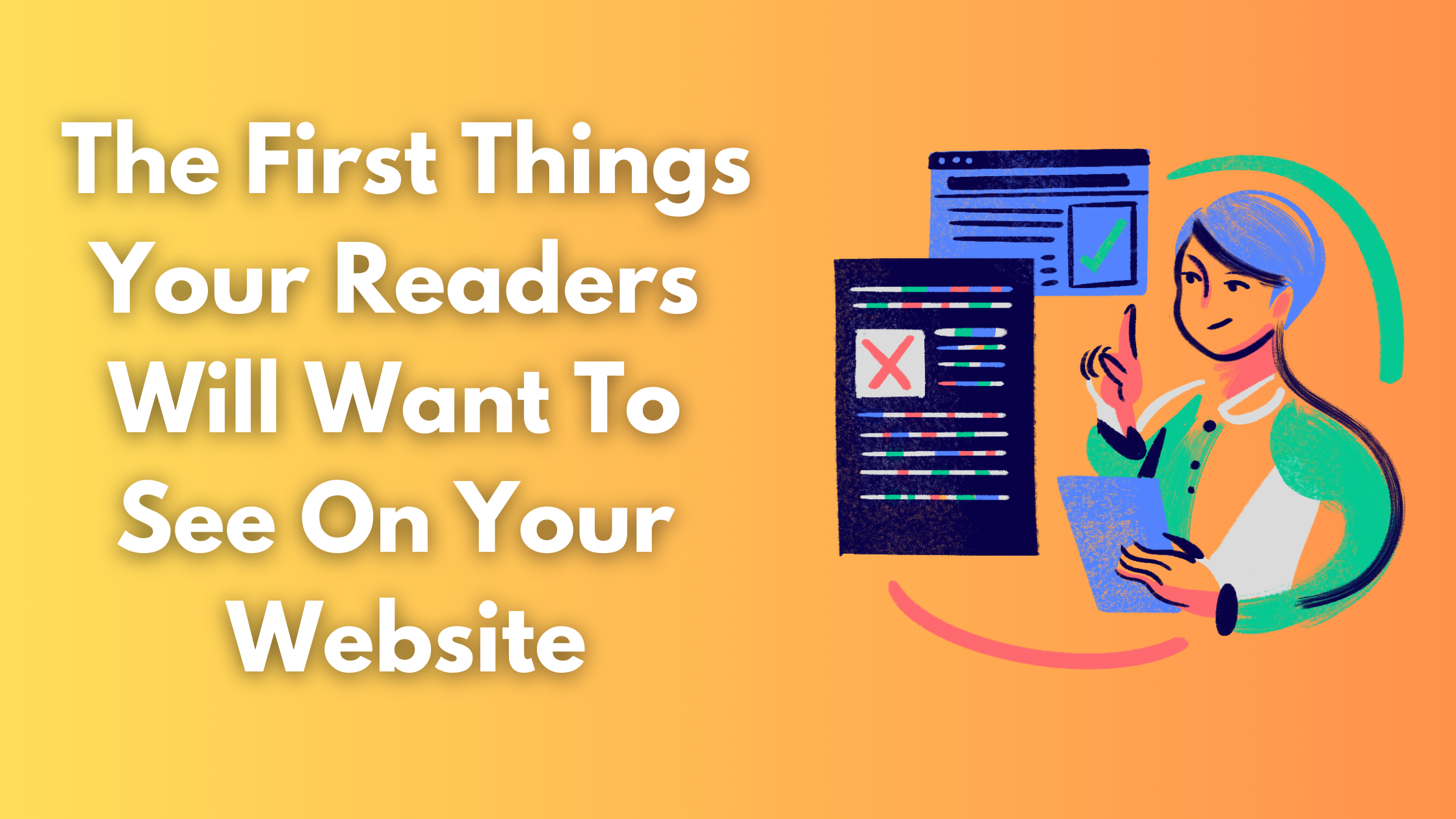


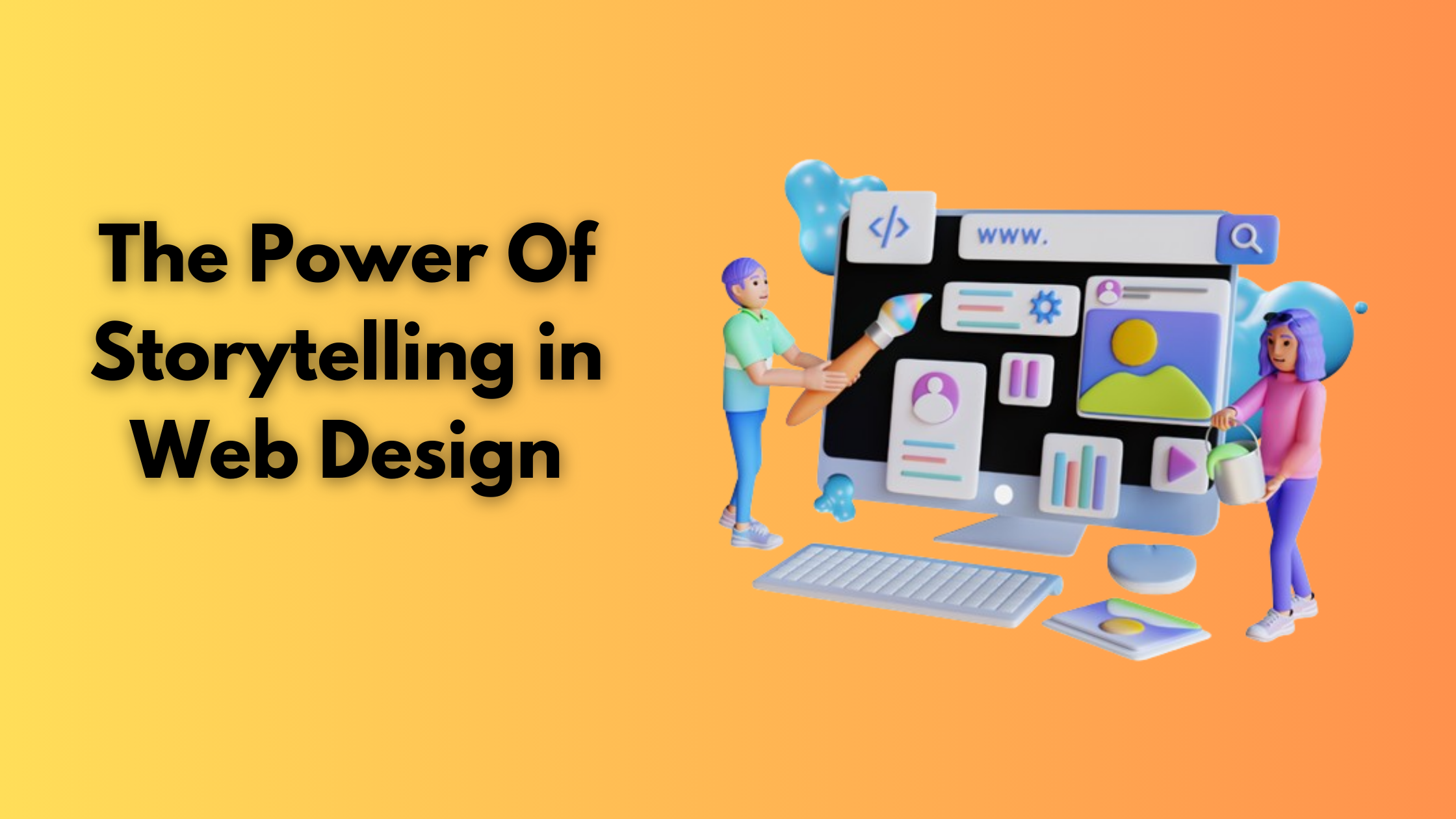
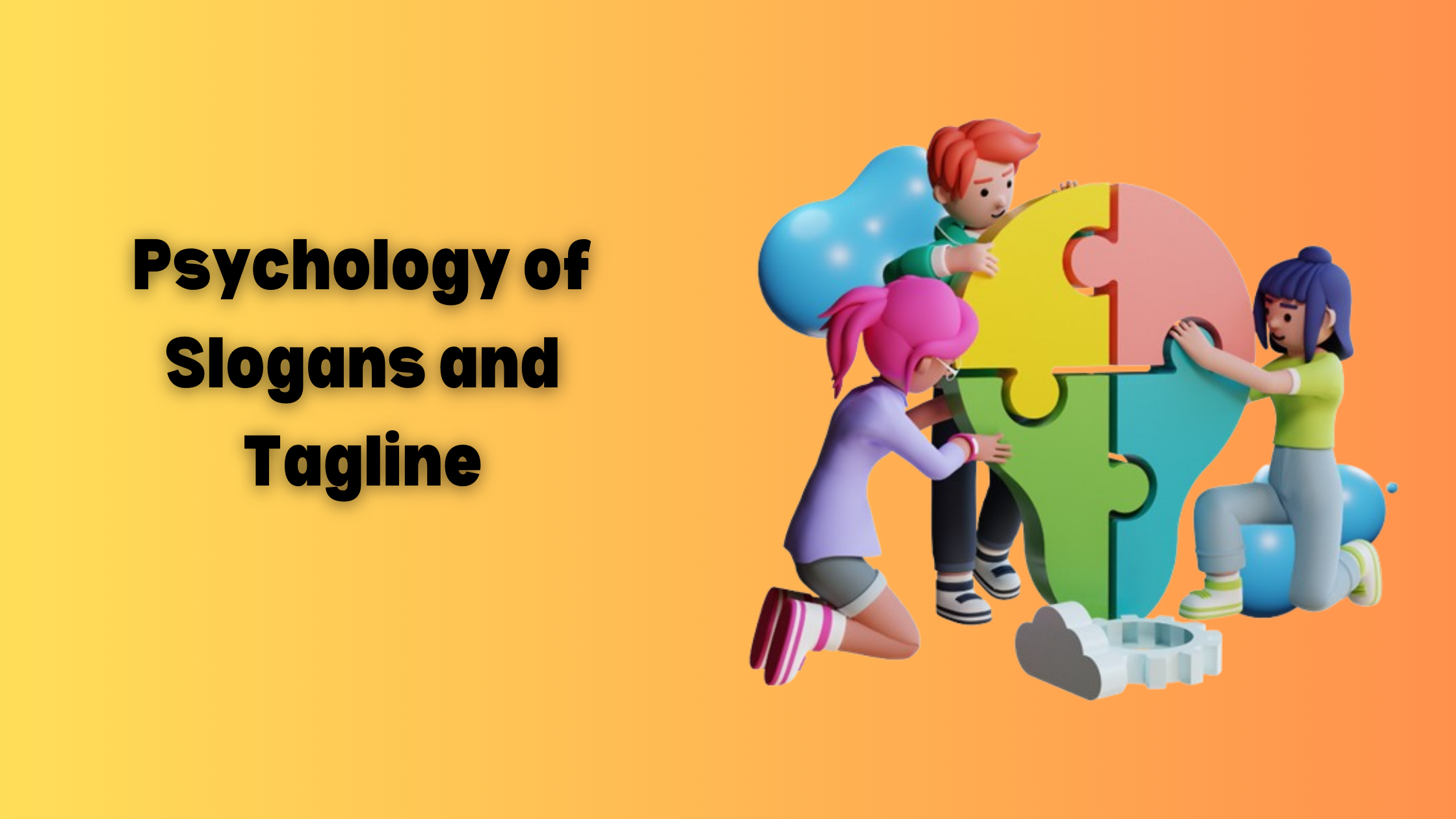
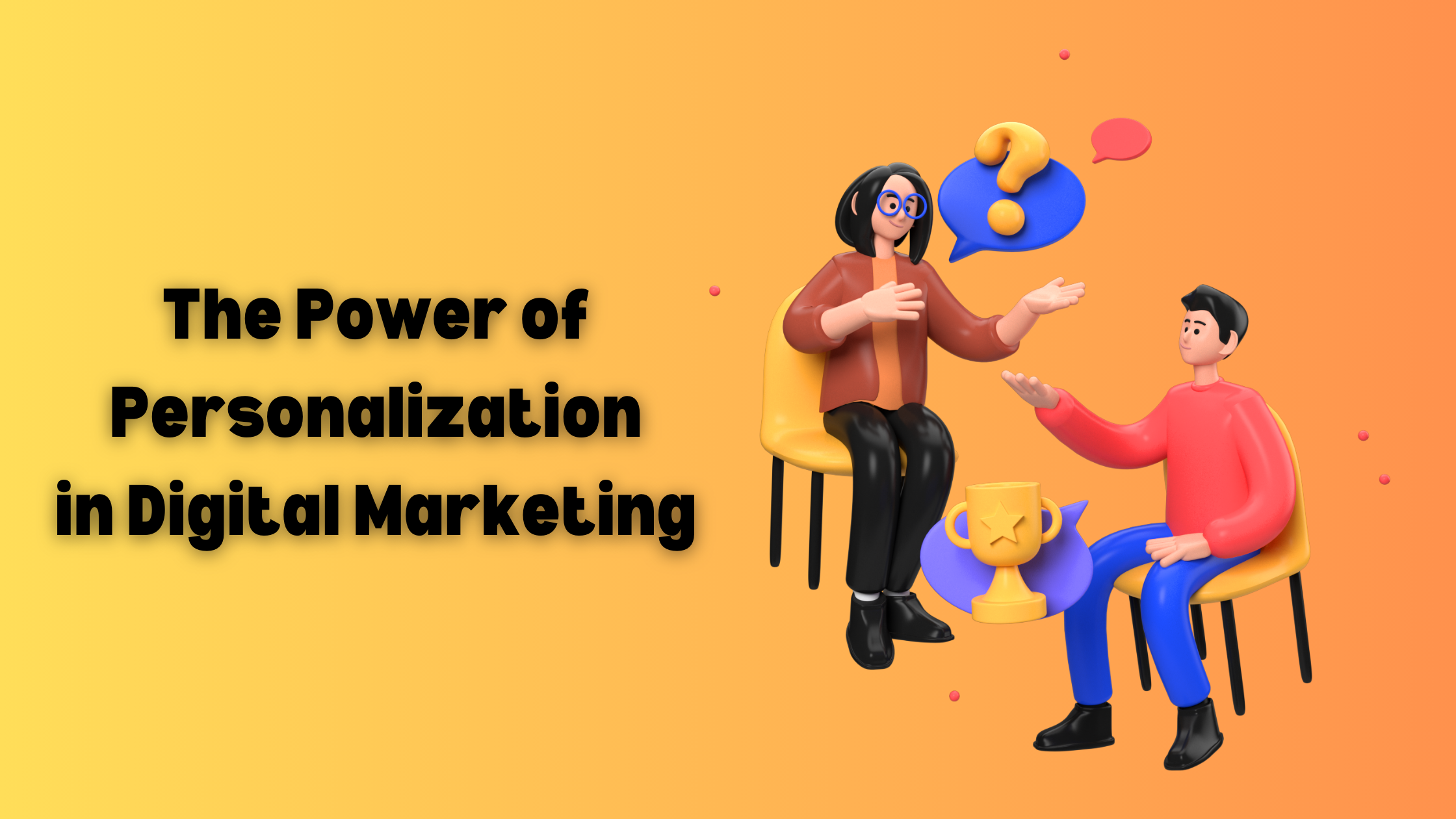


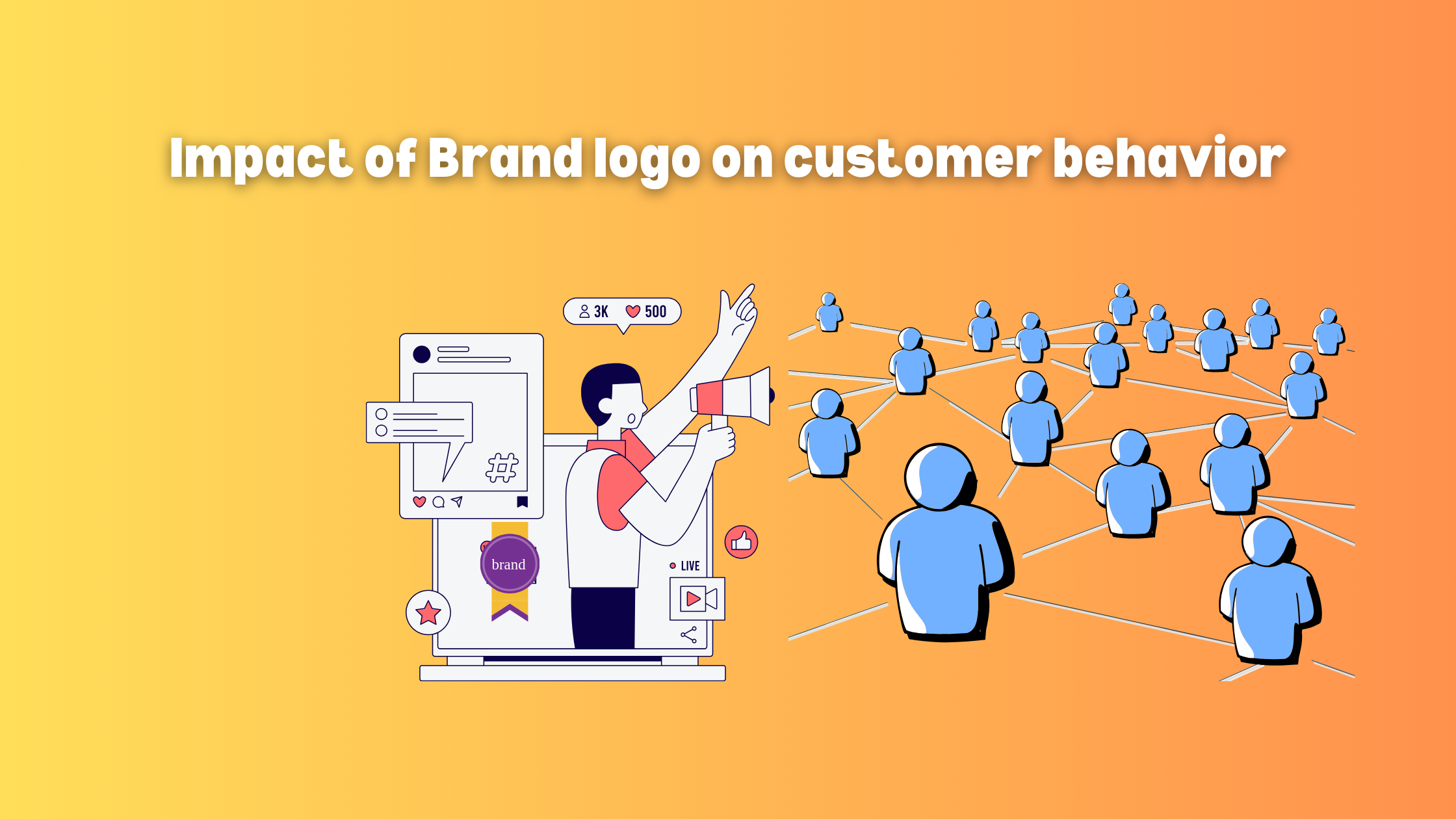

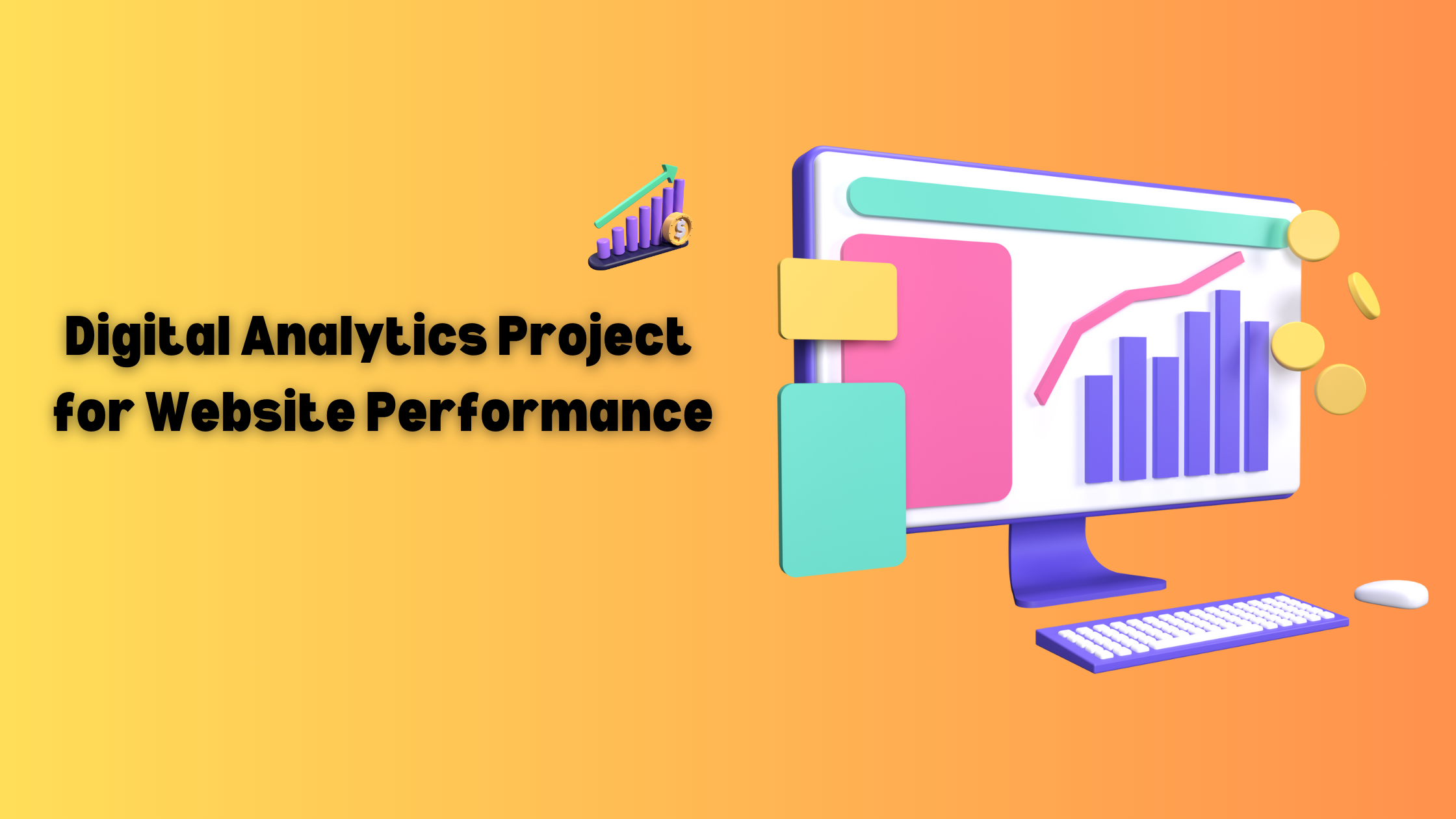



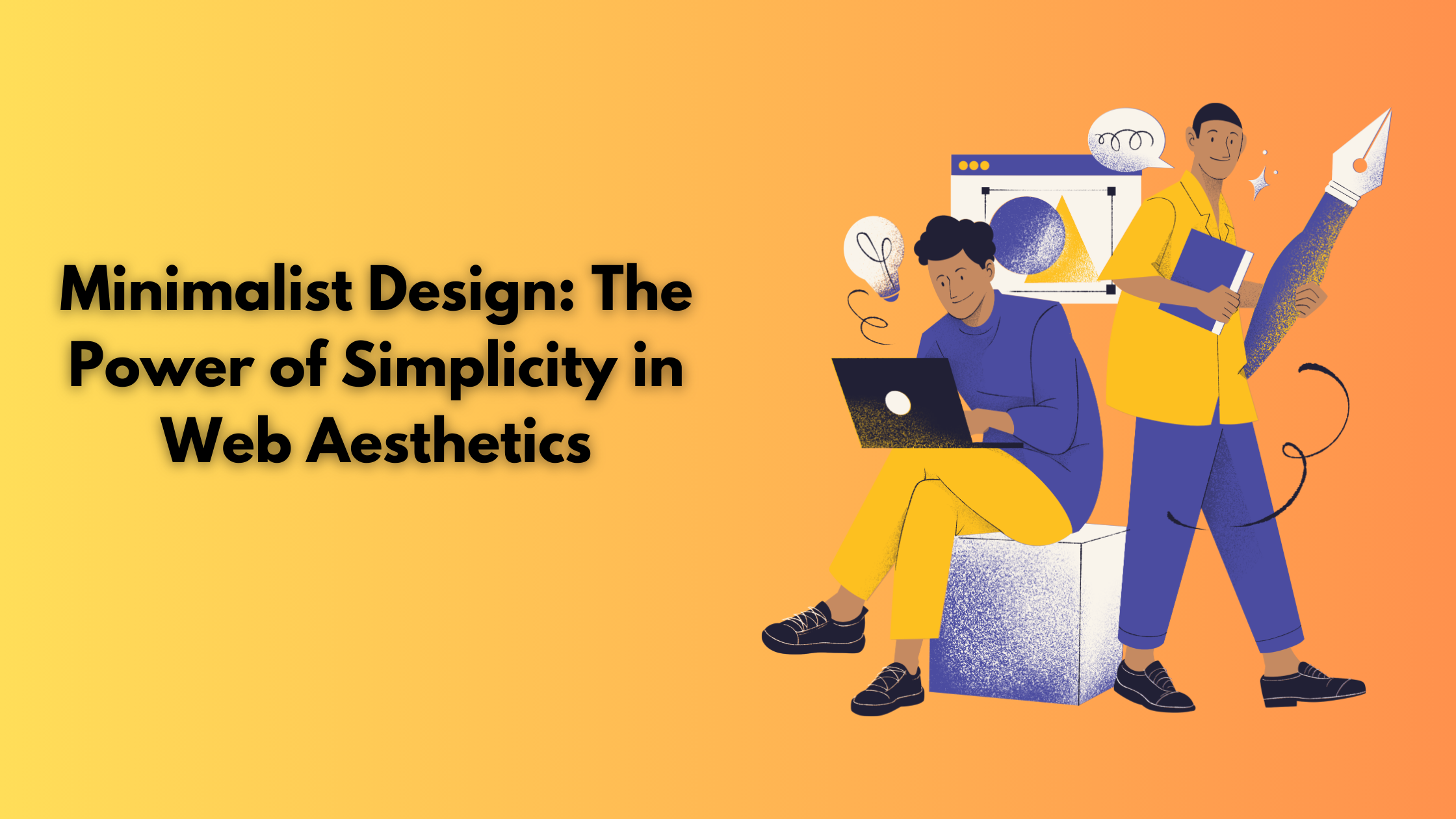
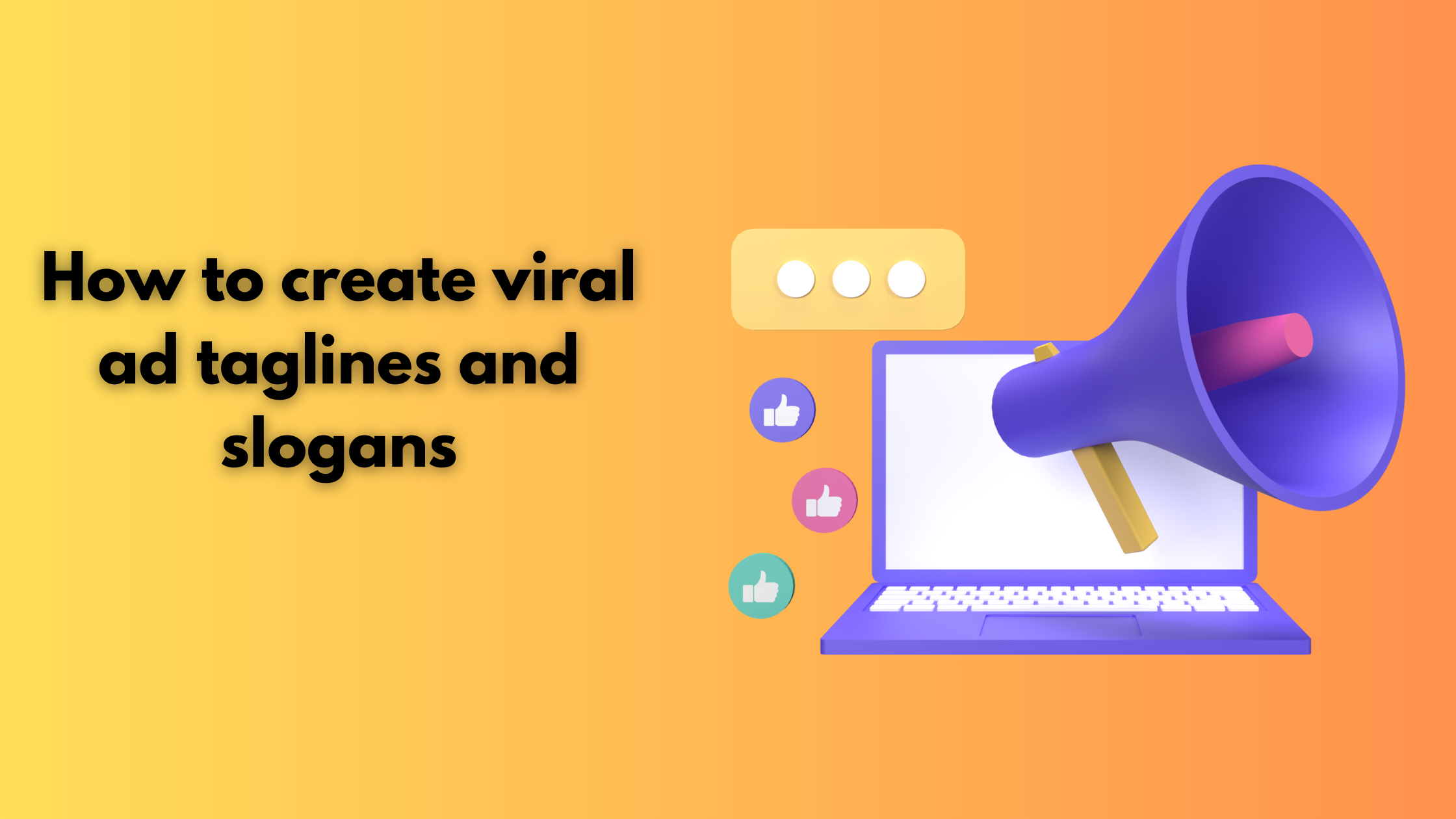
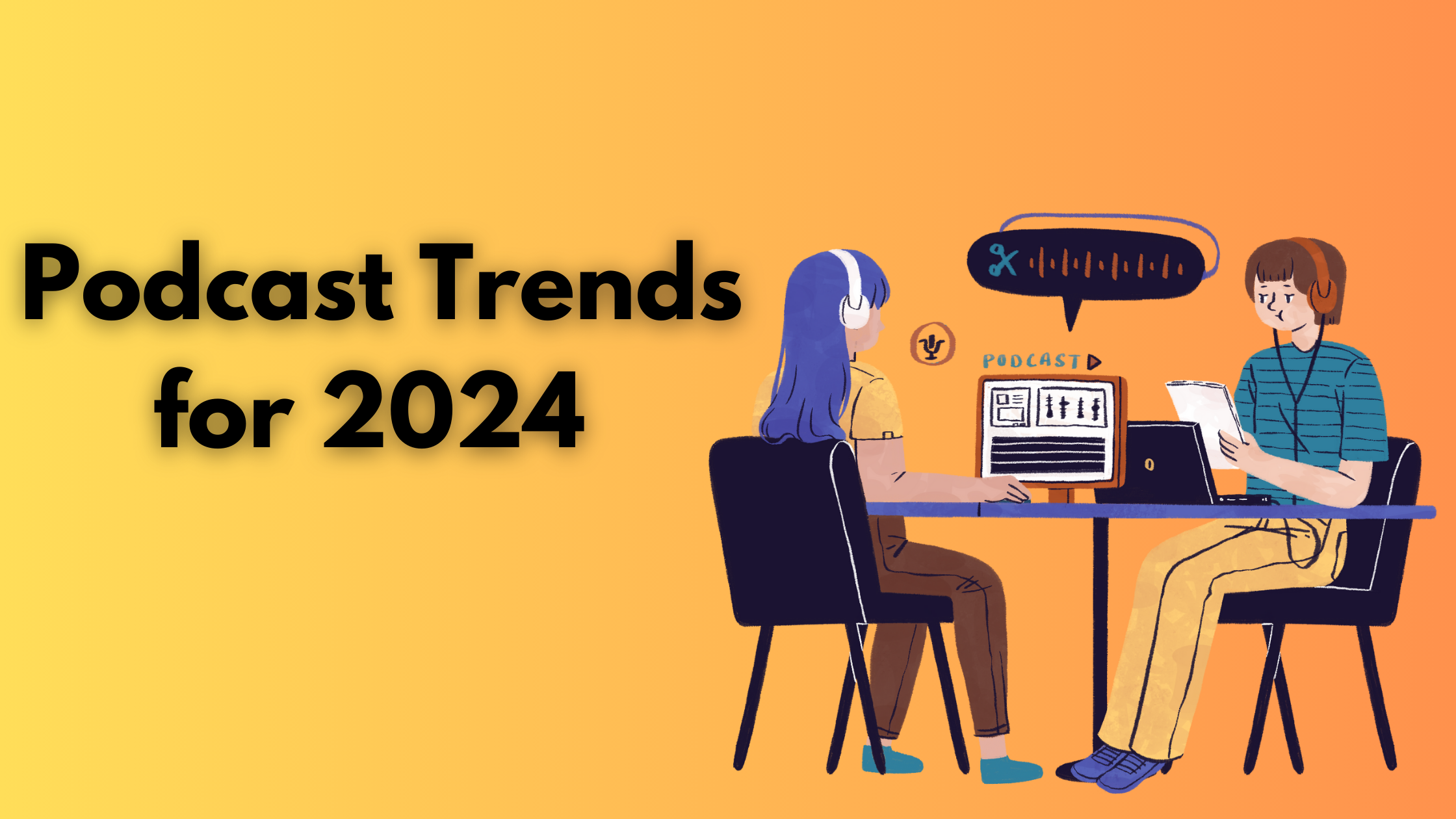
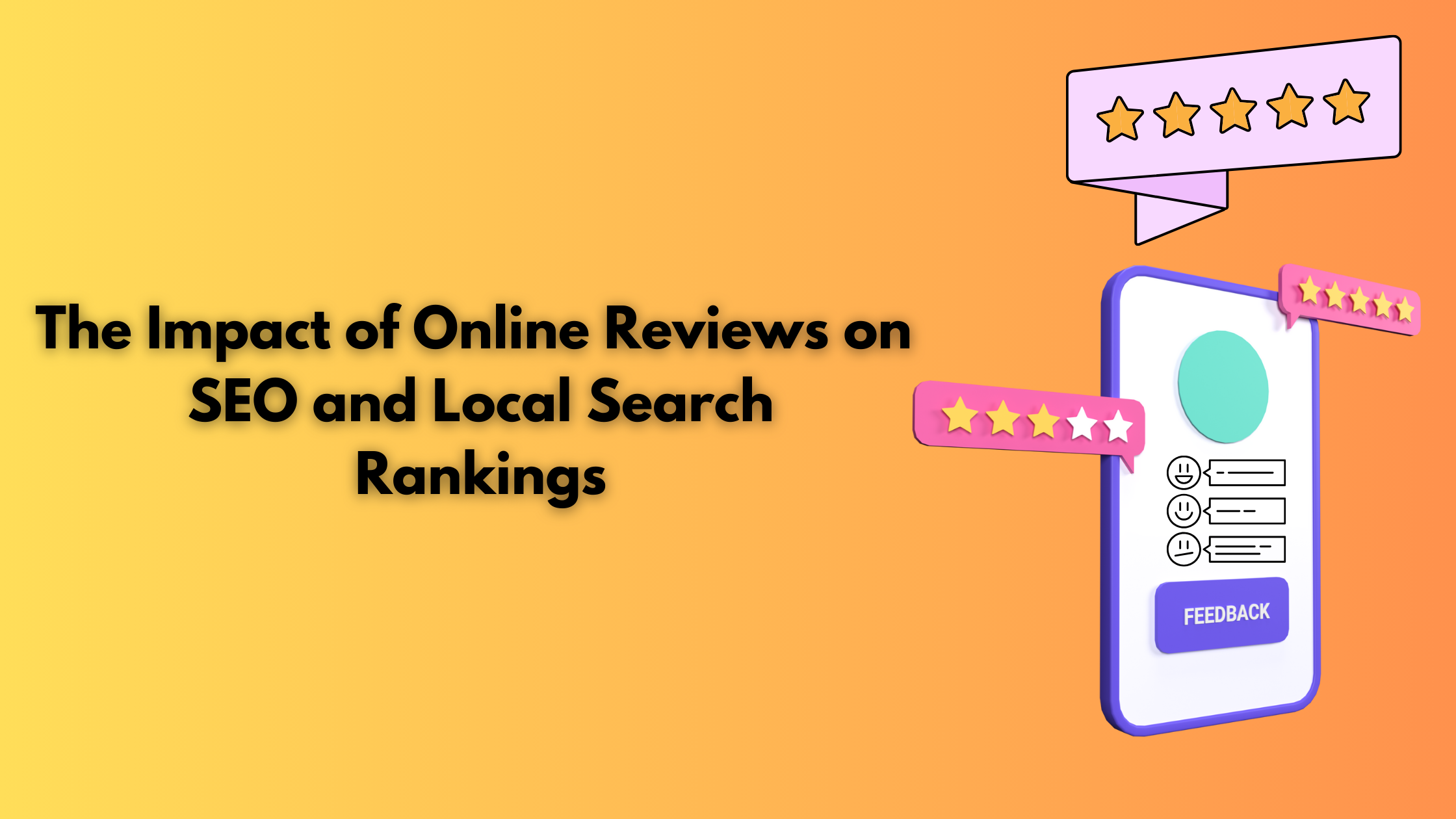
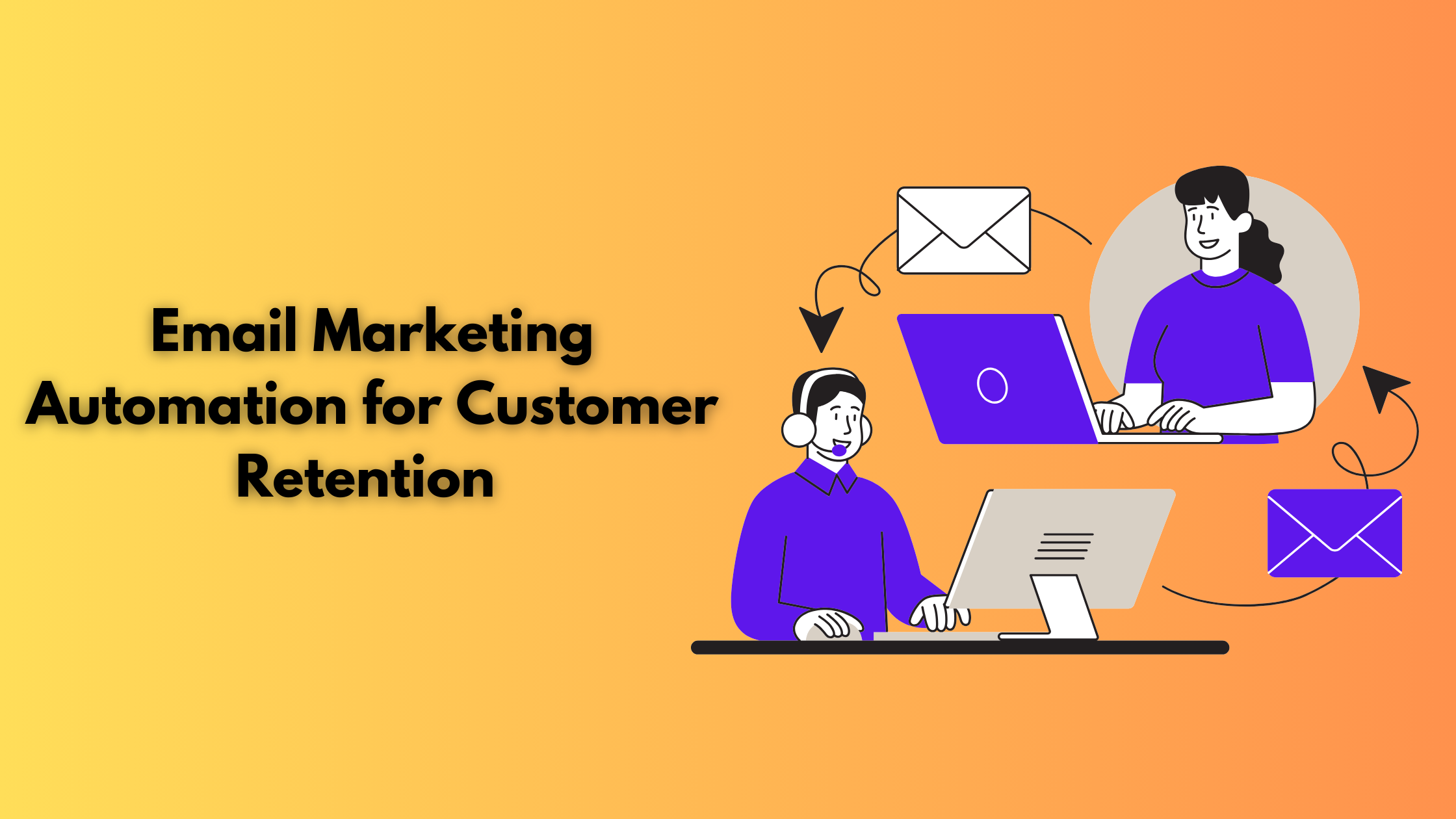
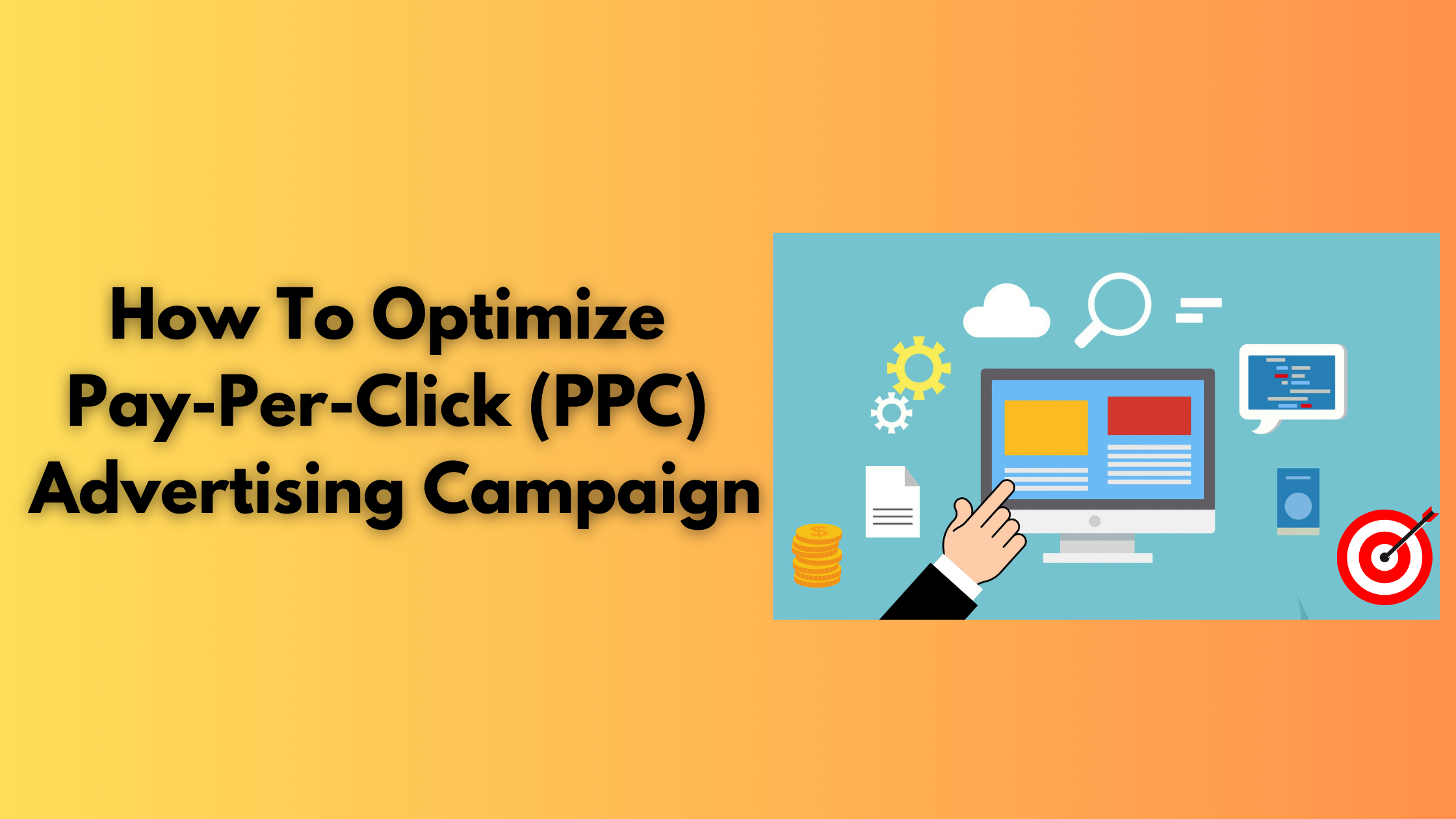
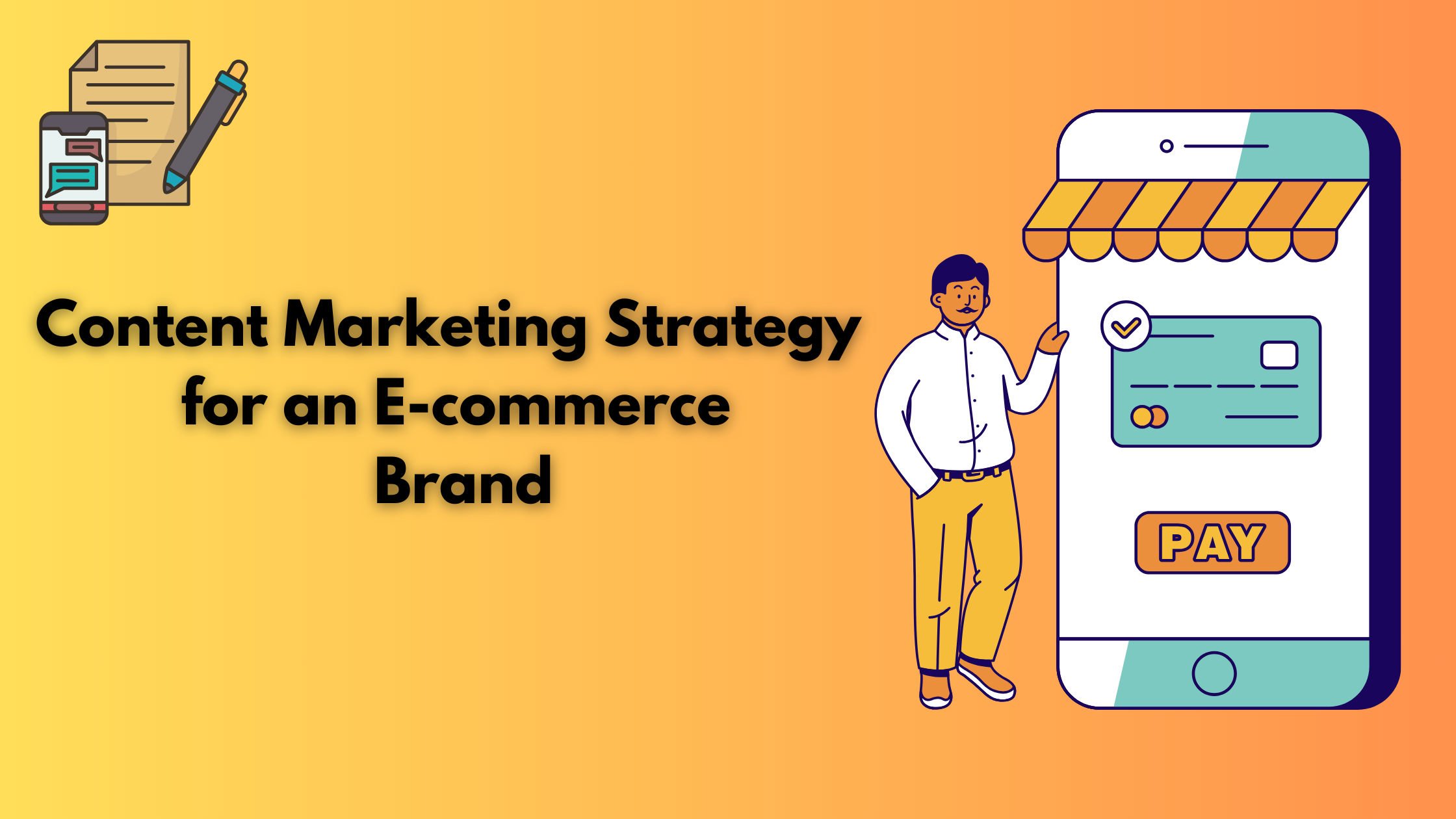





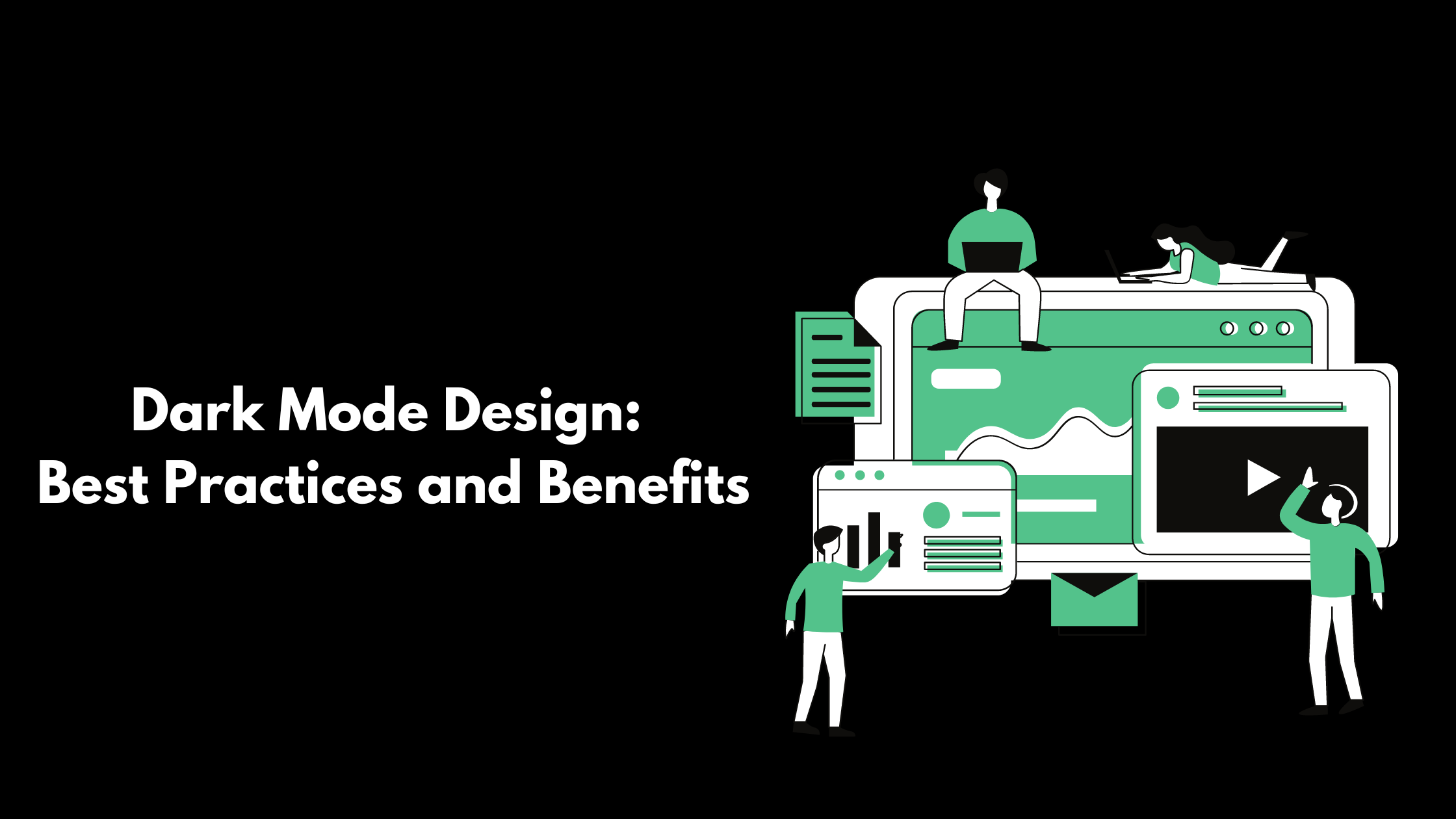
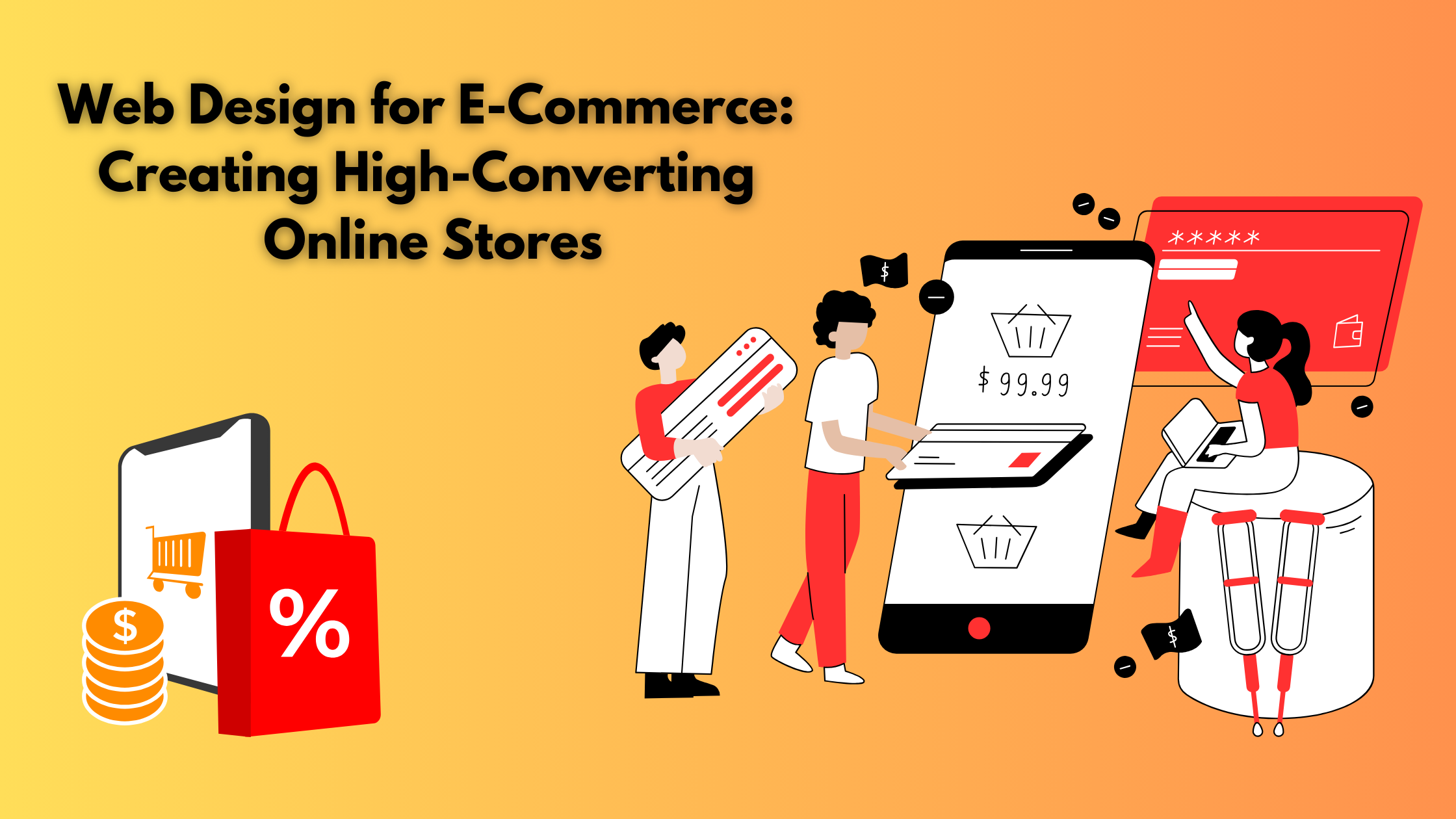
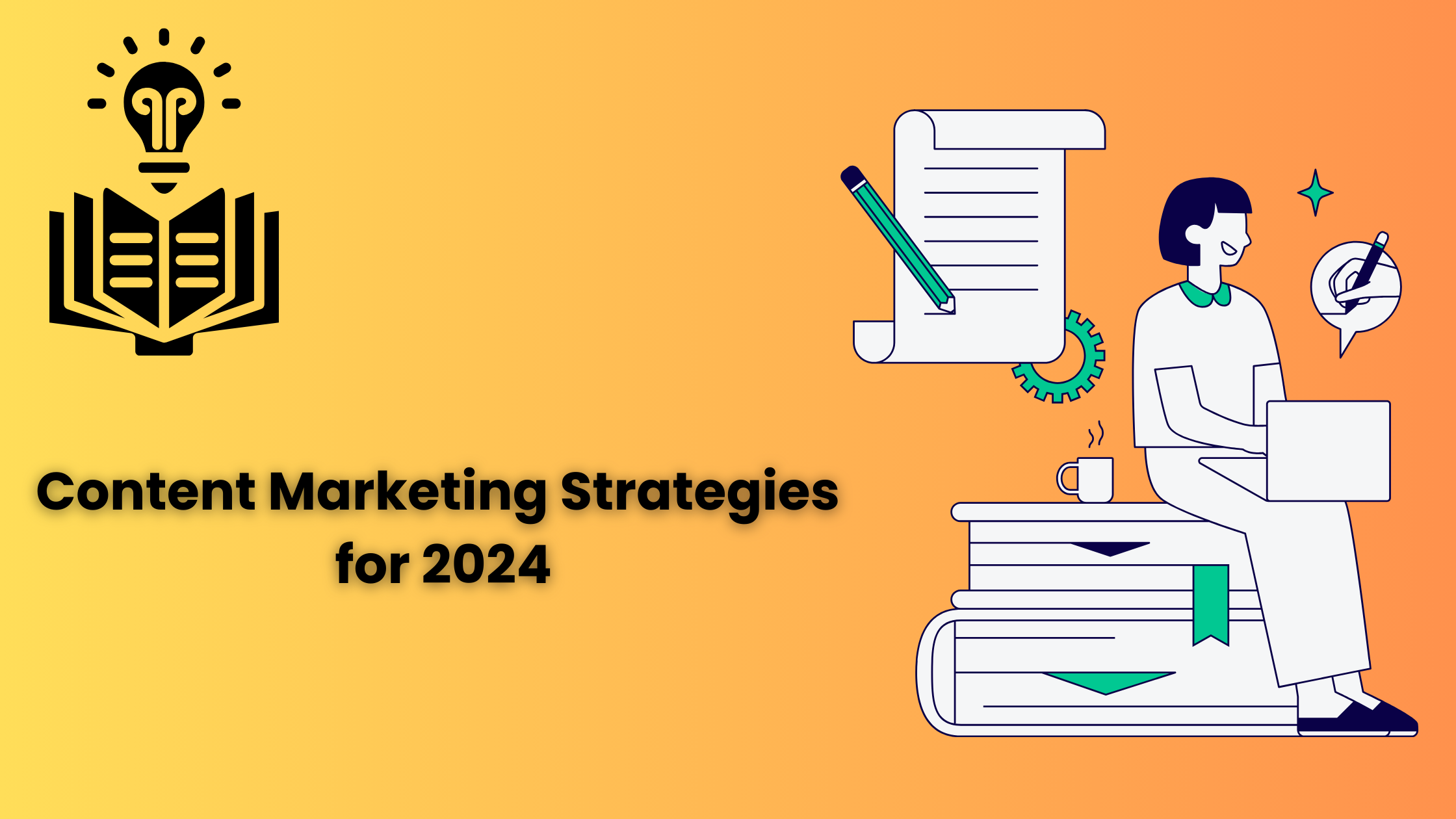

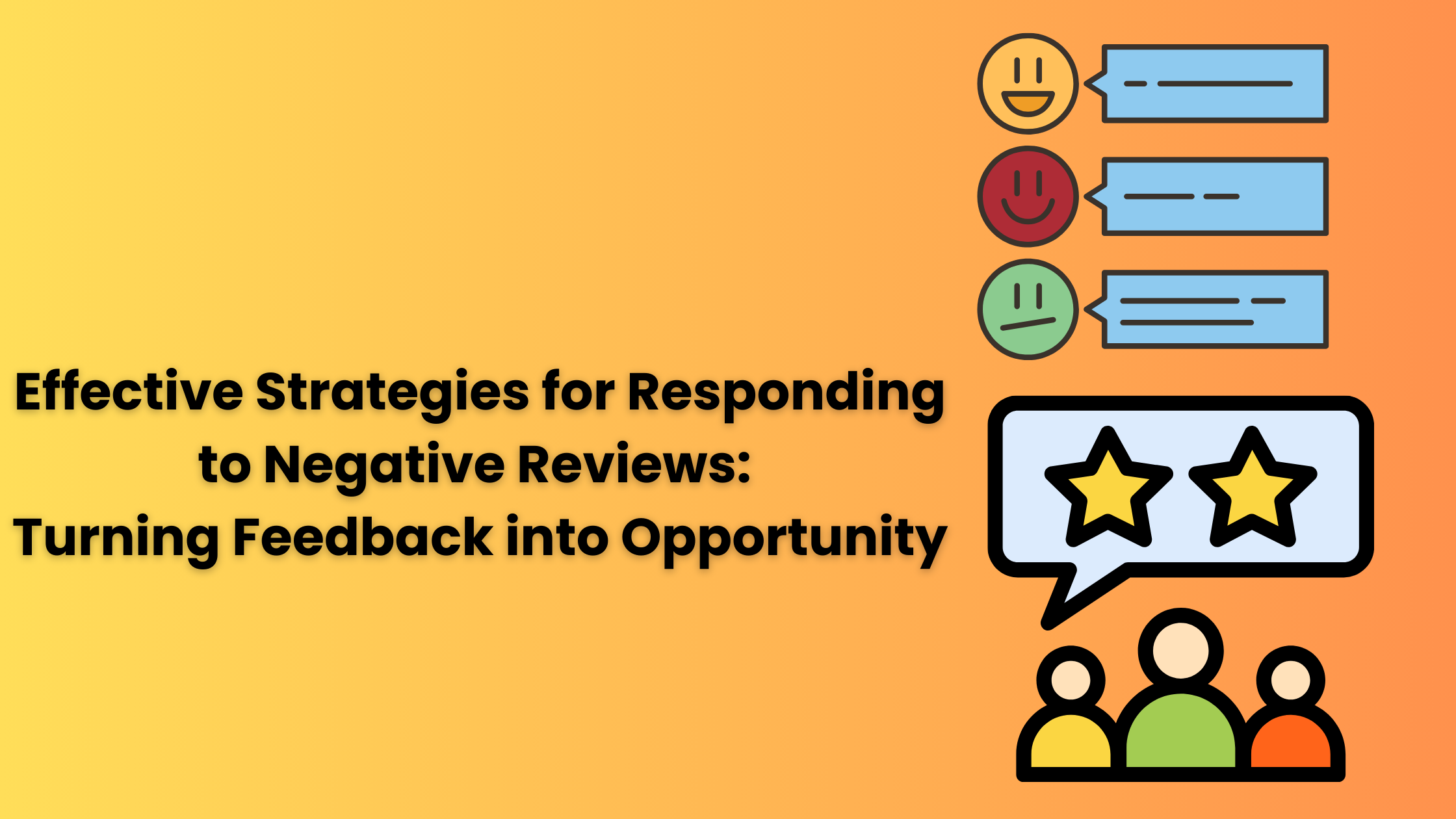
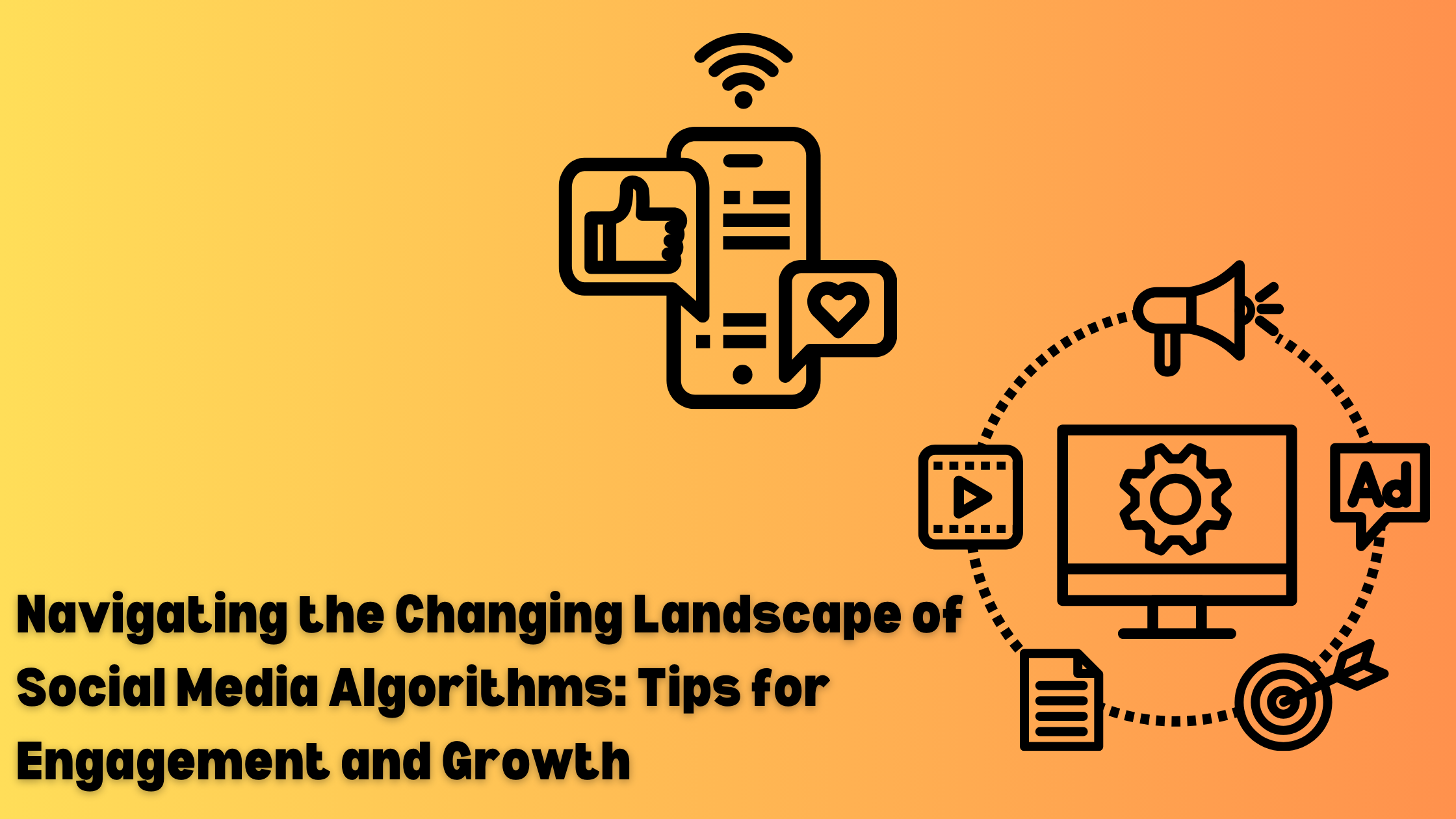


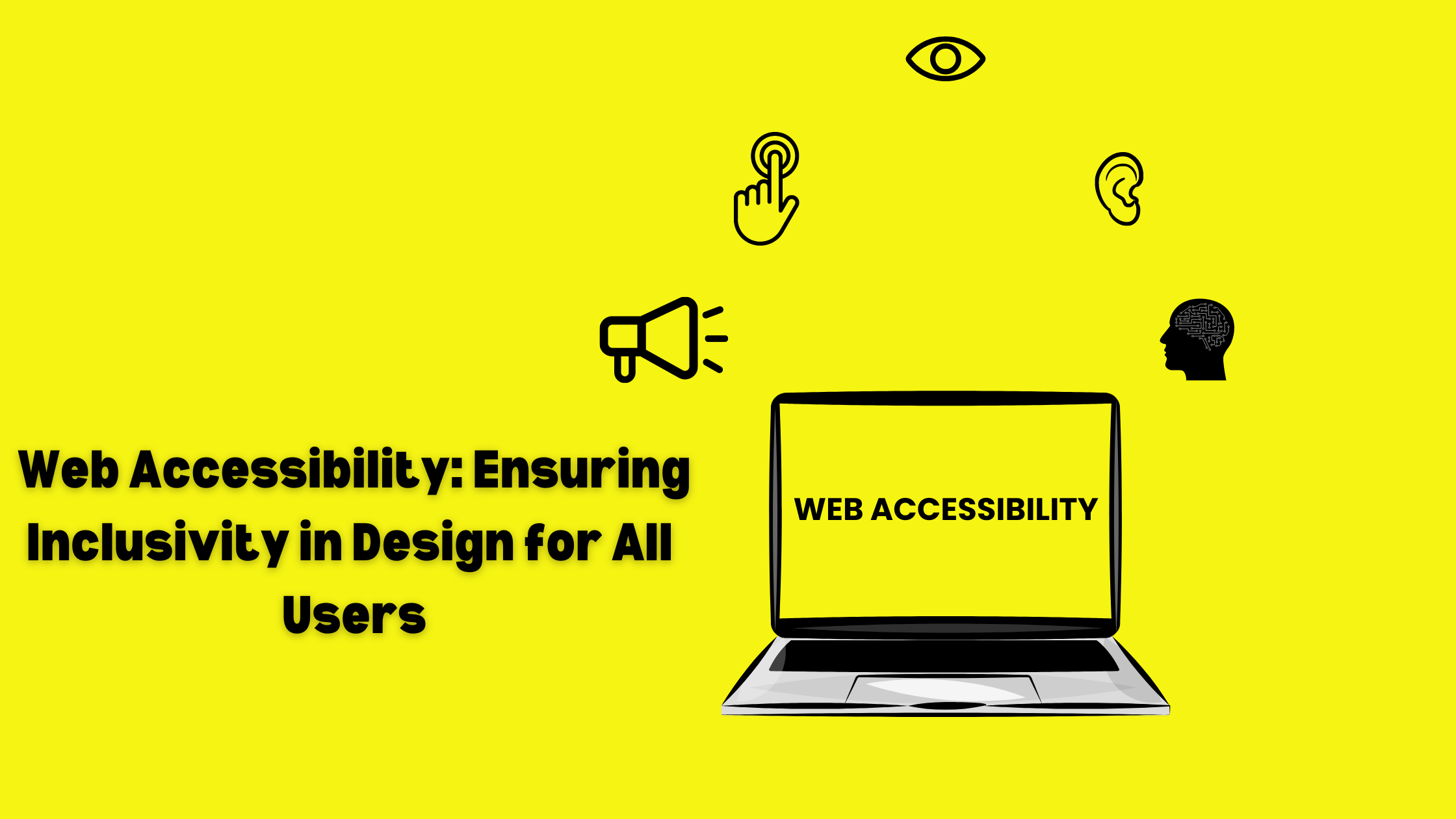

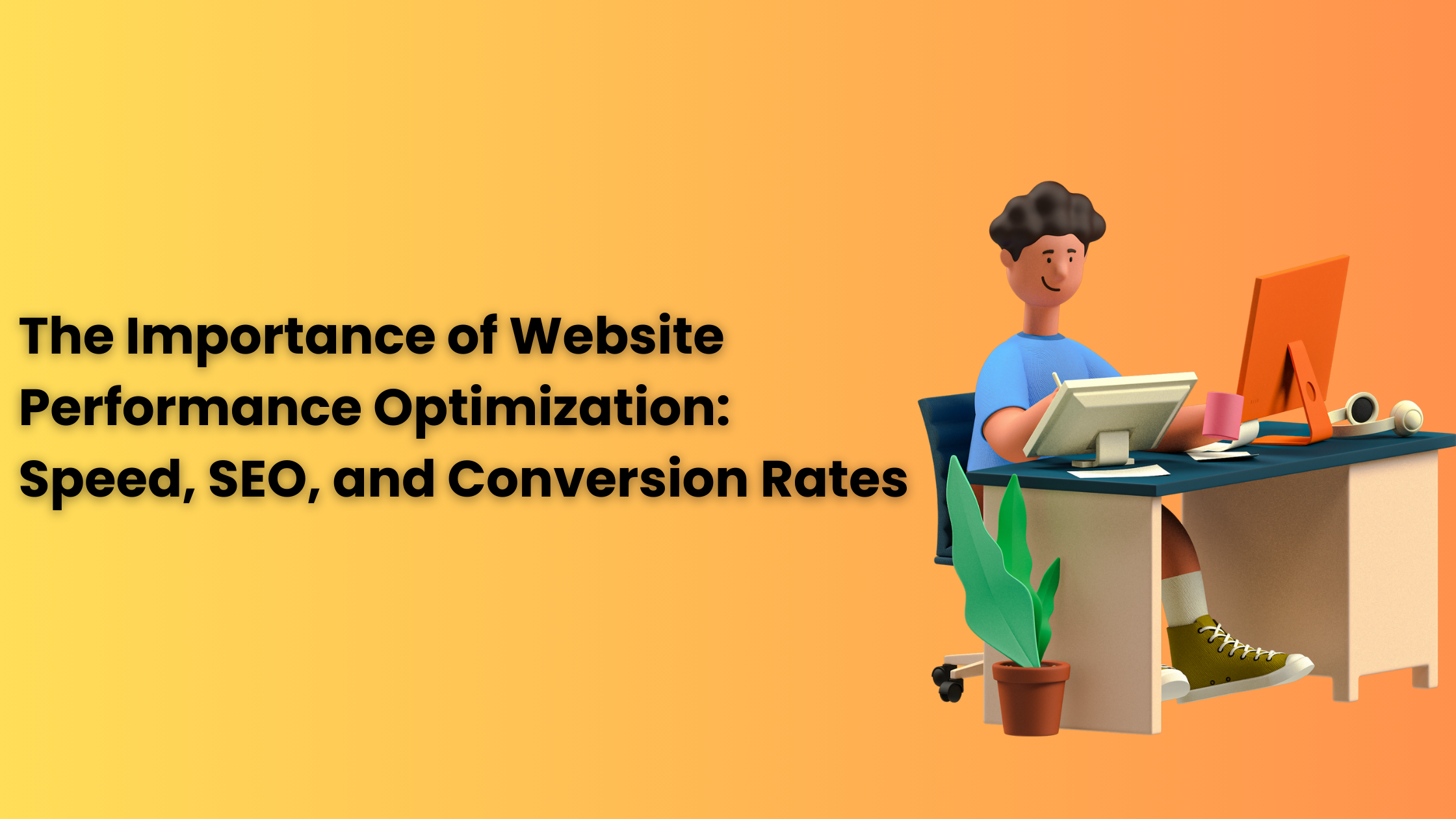



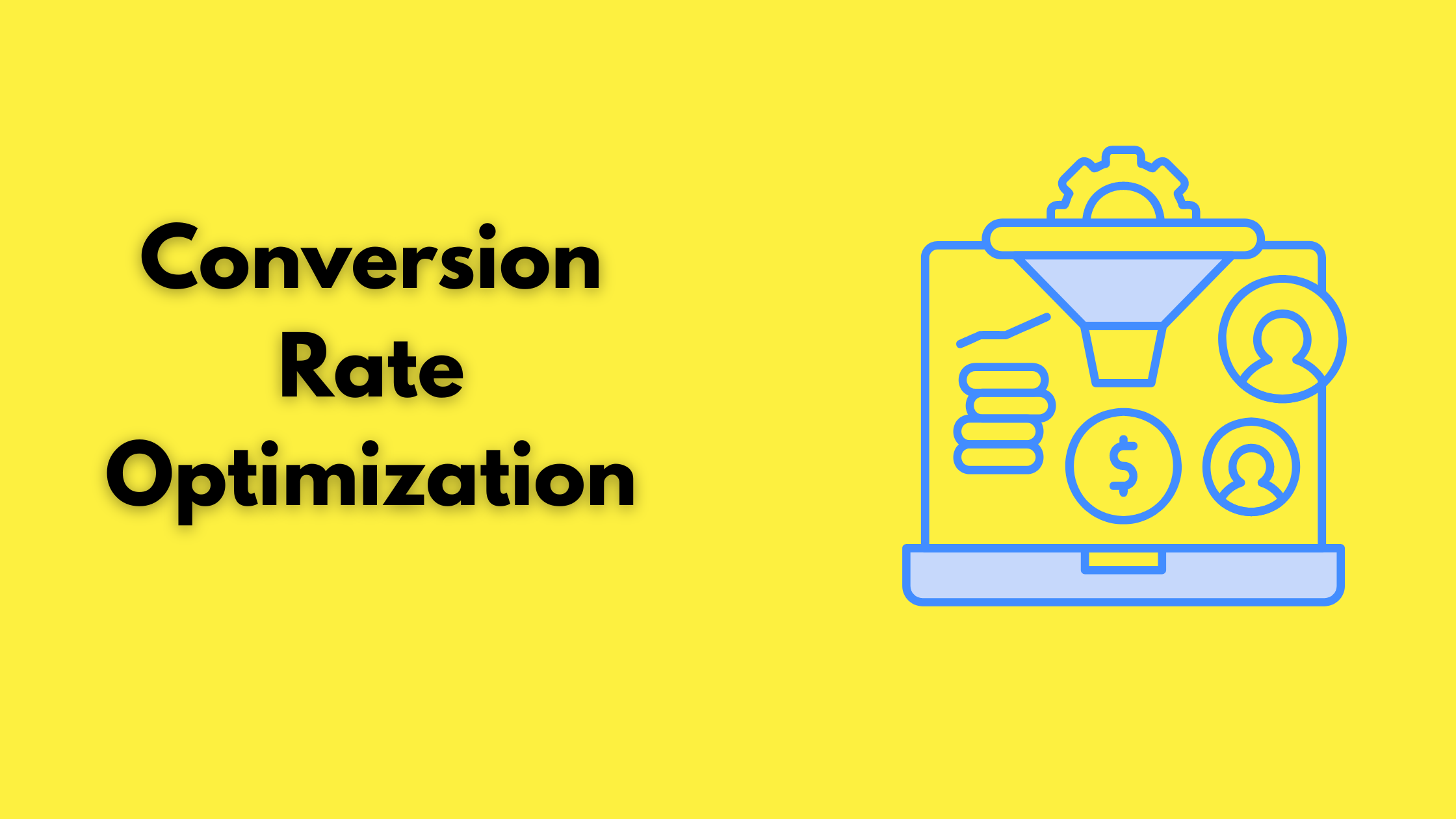
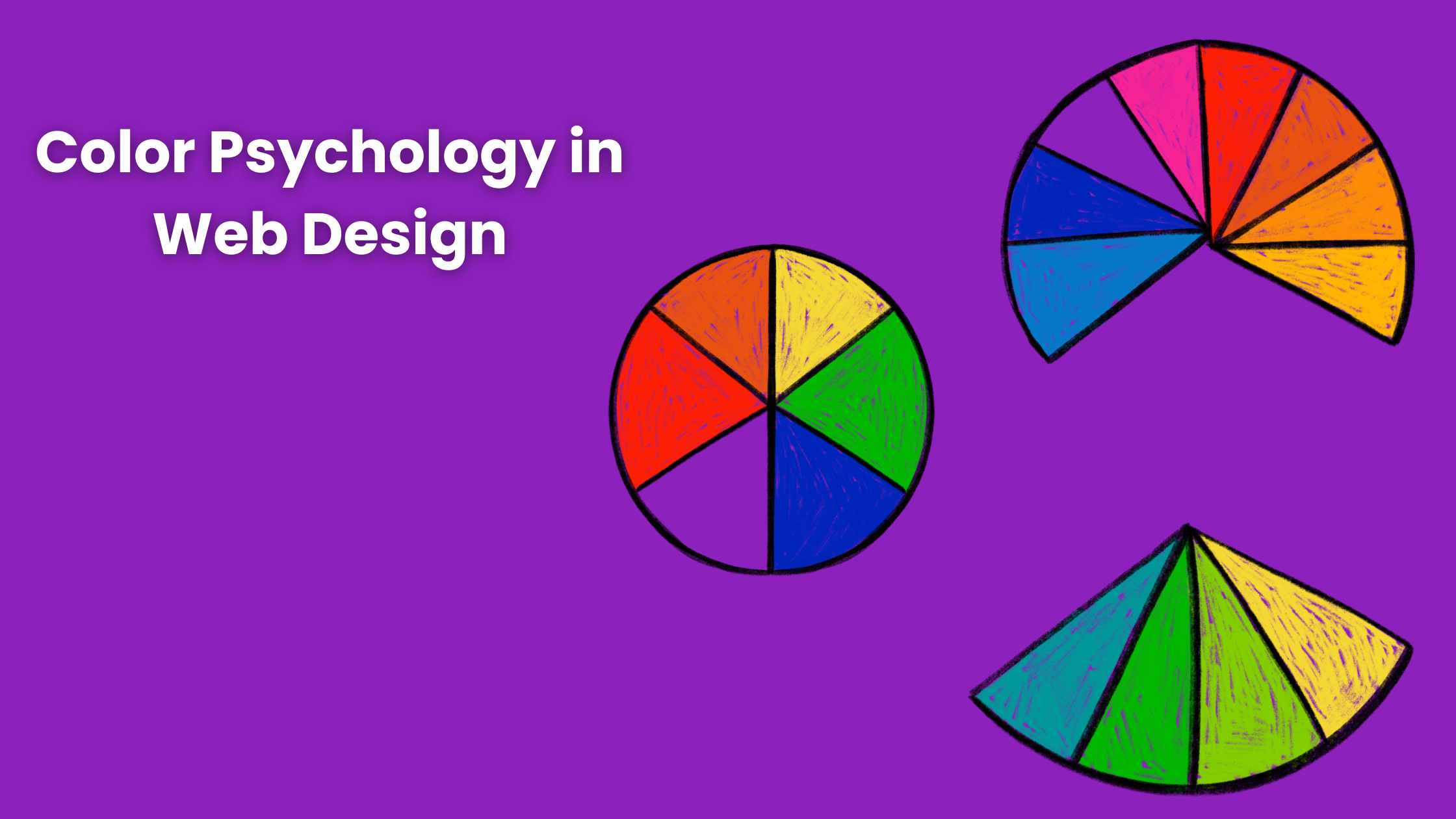
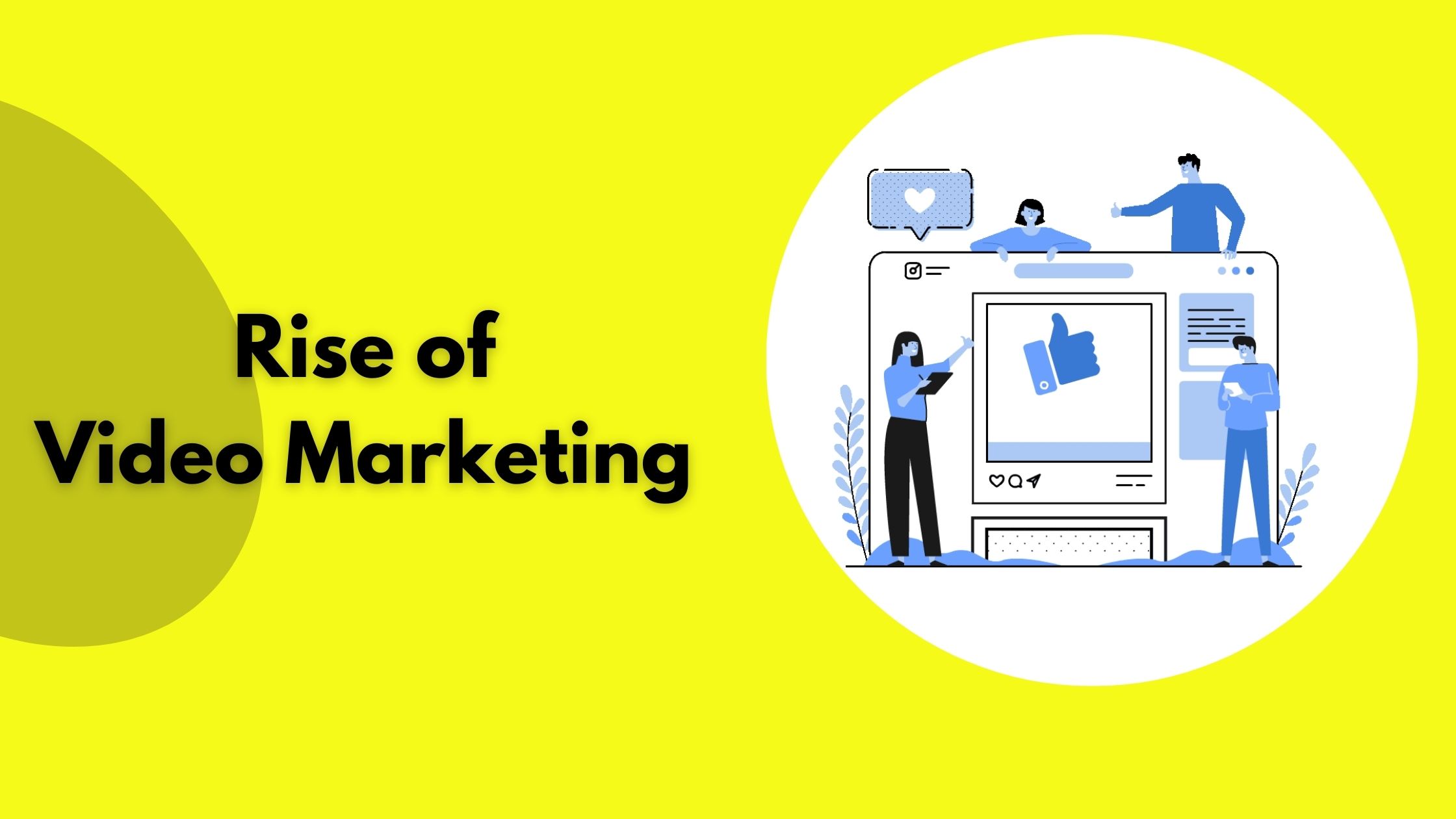


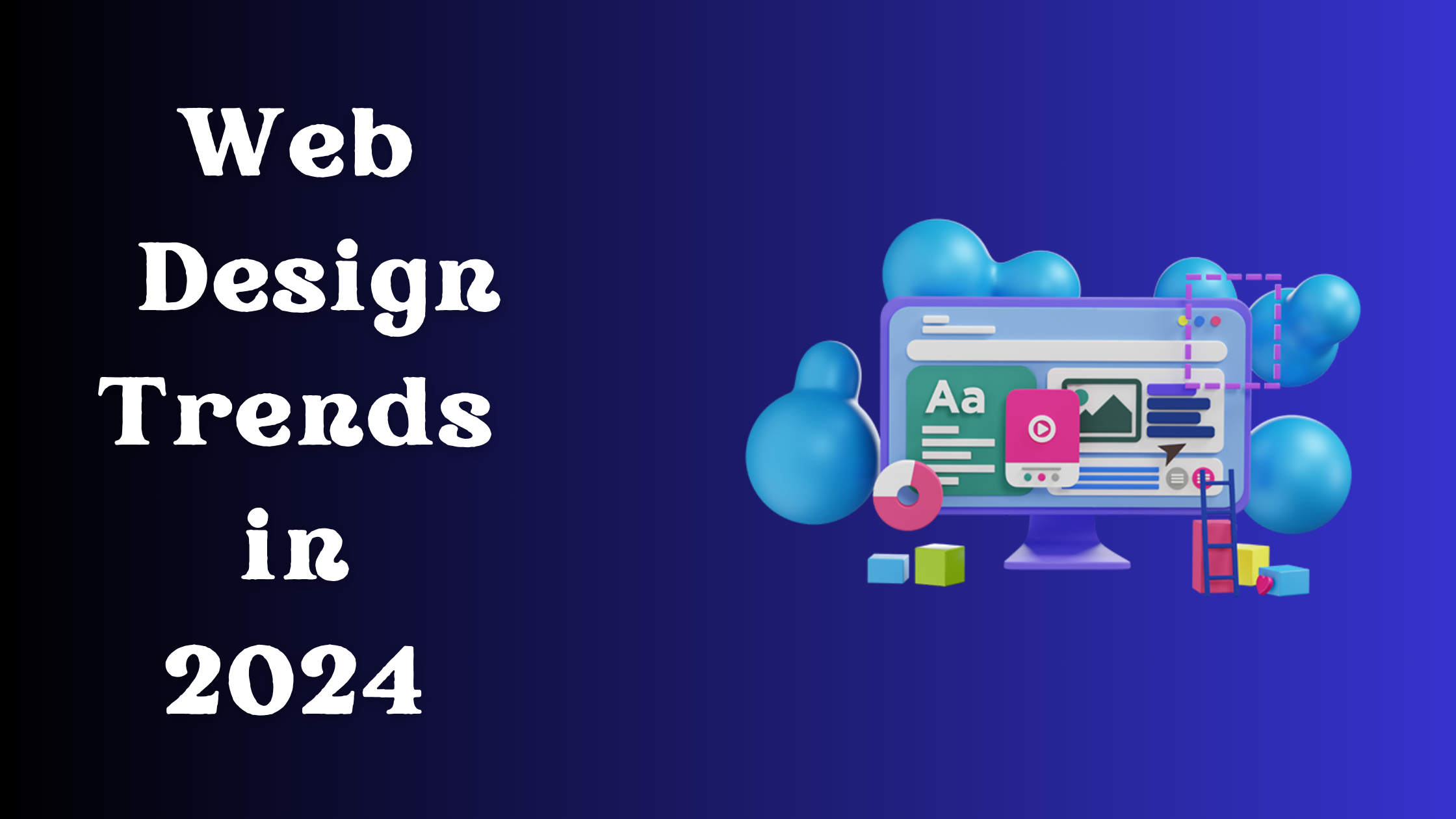

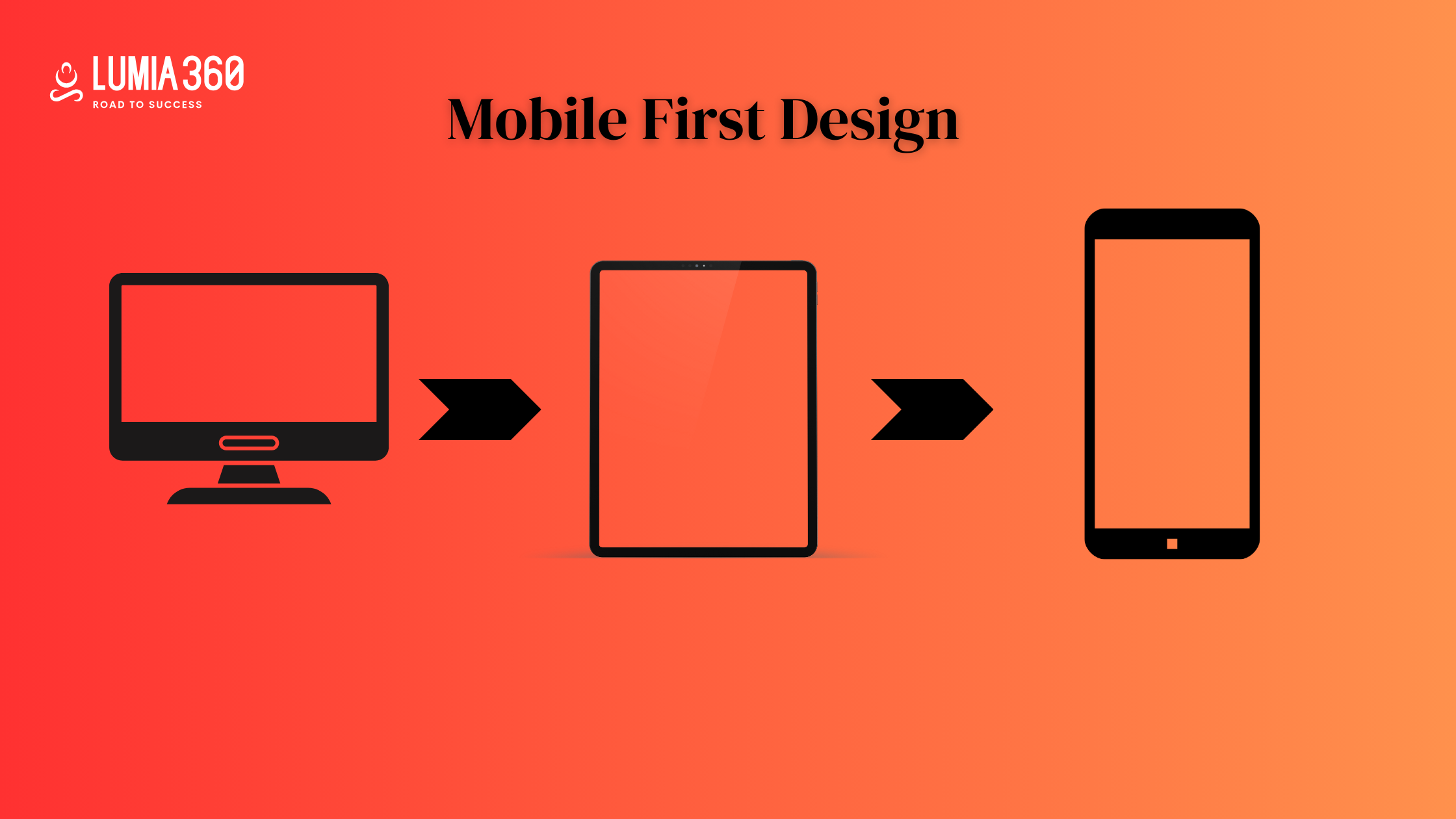

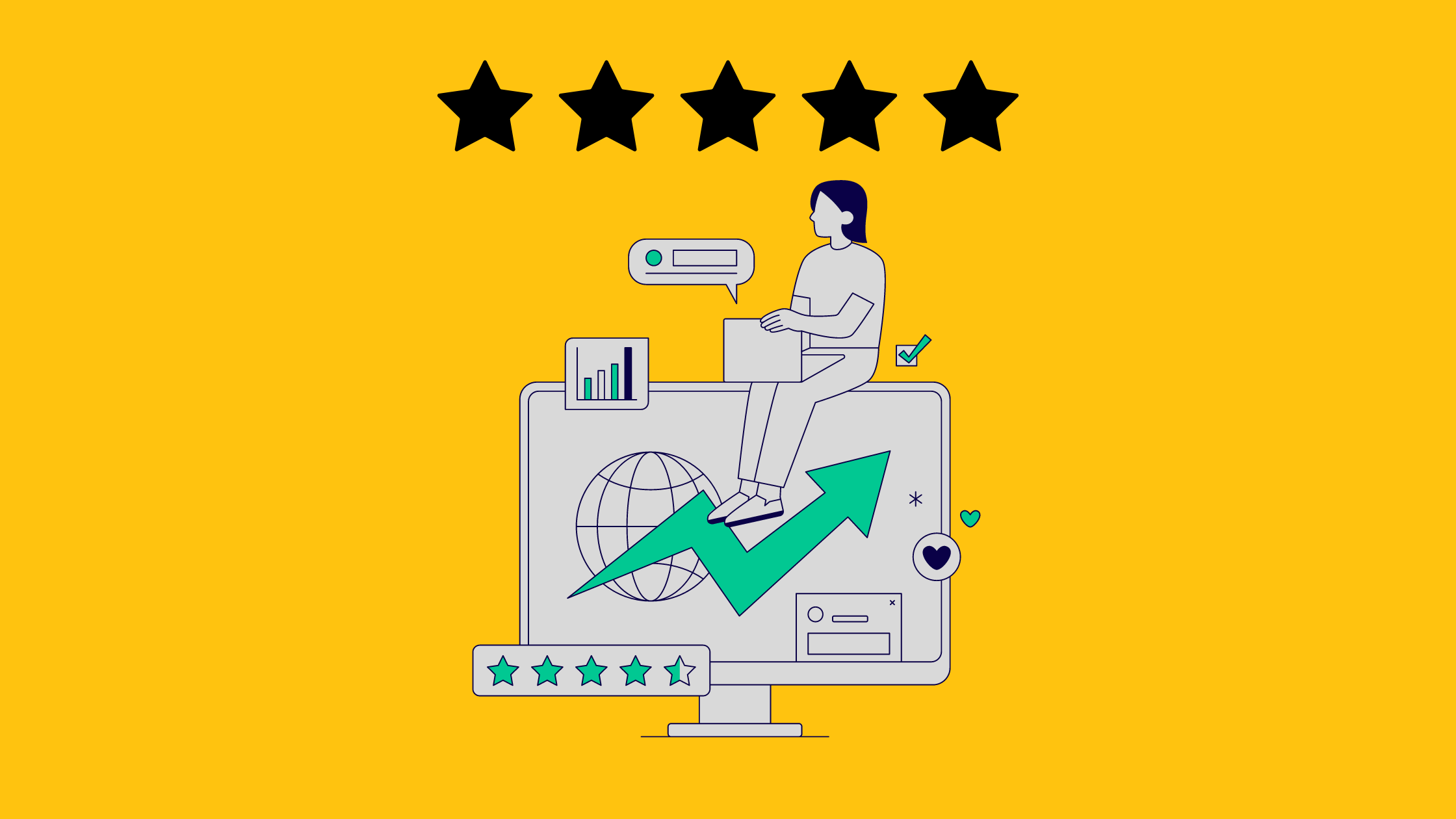


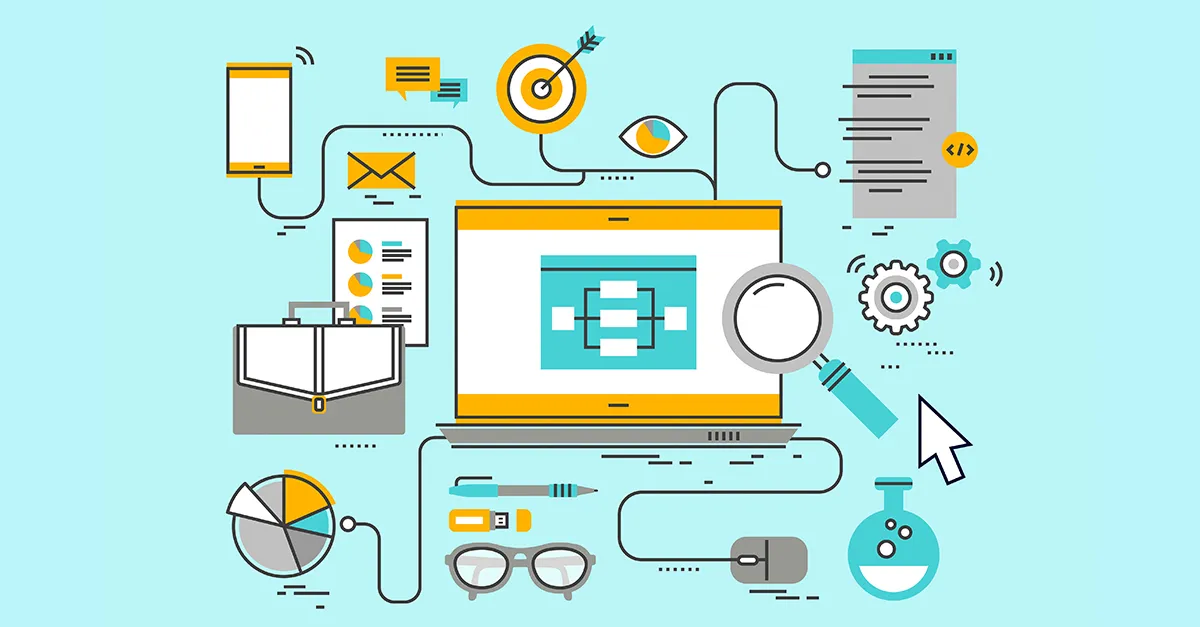



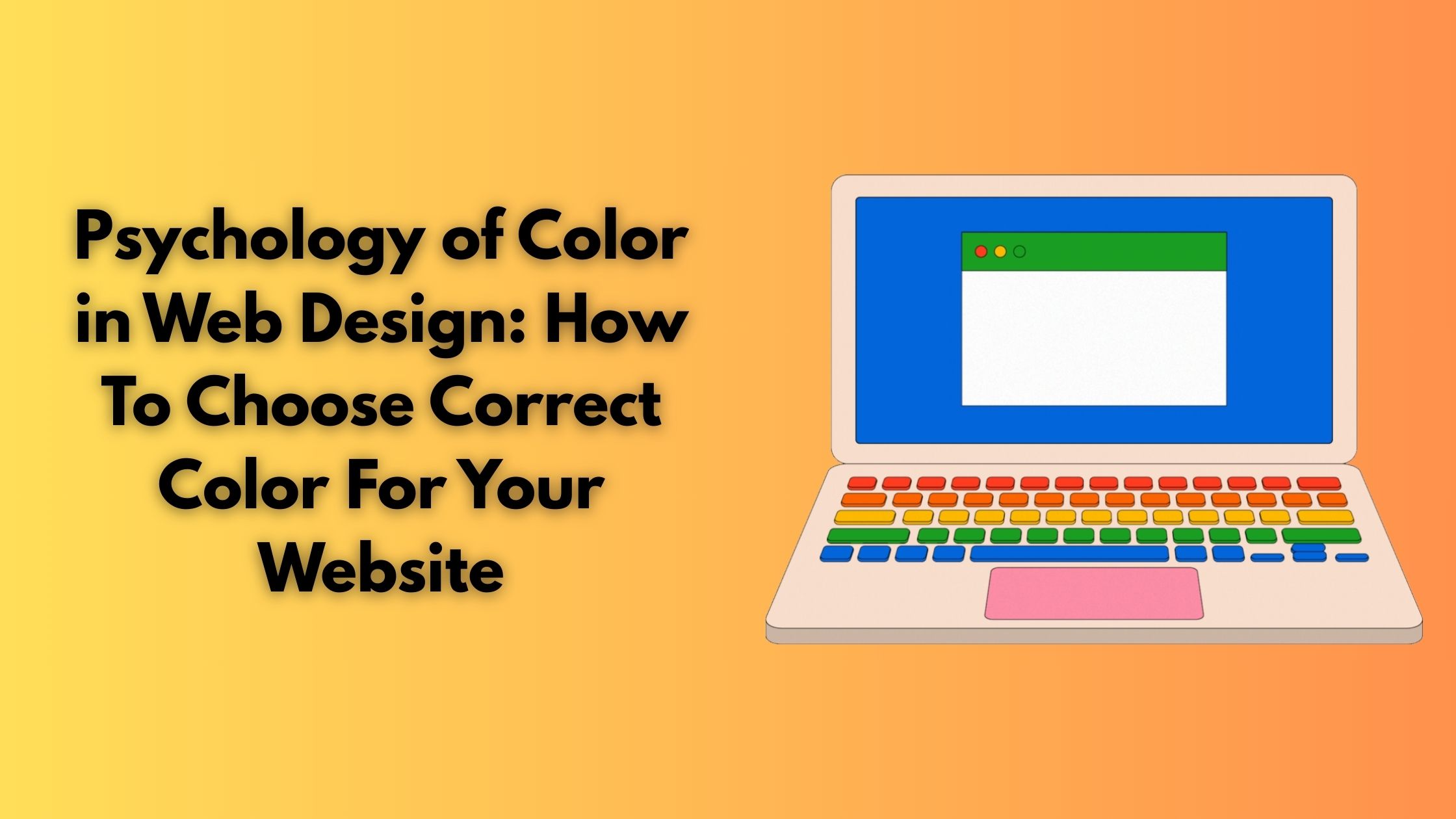

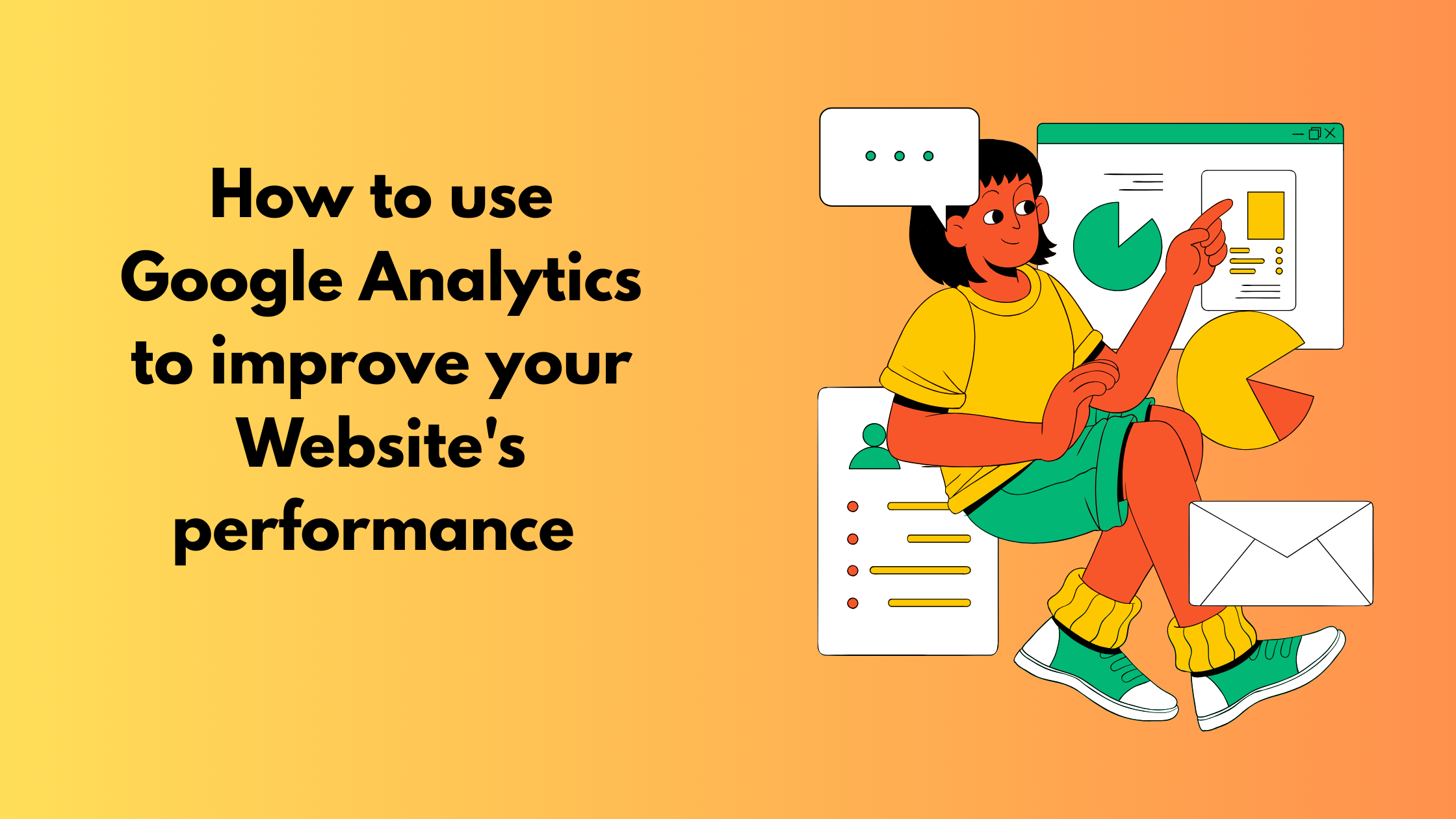

2 Comments
[…] Read Also: Design Systems: Building Consistency and Scalability in Web Design […]
[…] Read Also: Design Systems: Building Consistency and Scalability in Web Design […]